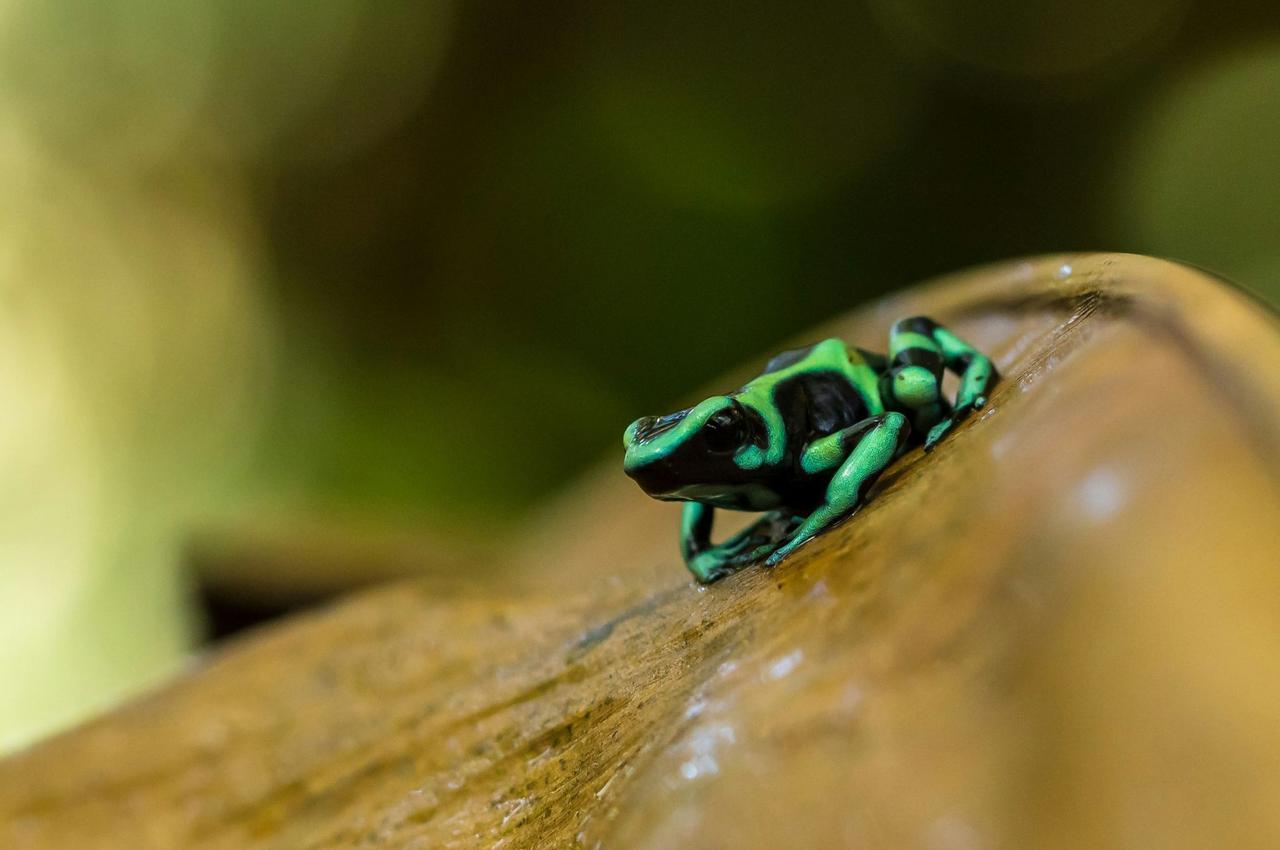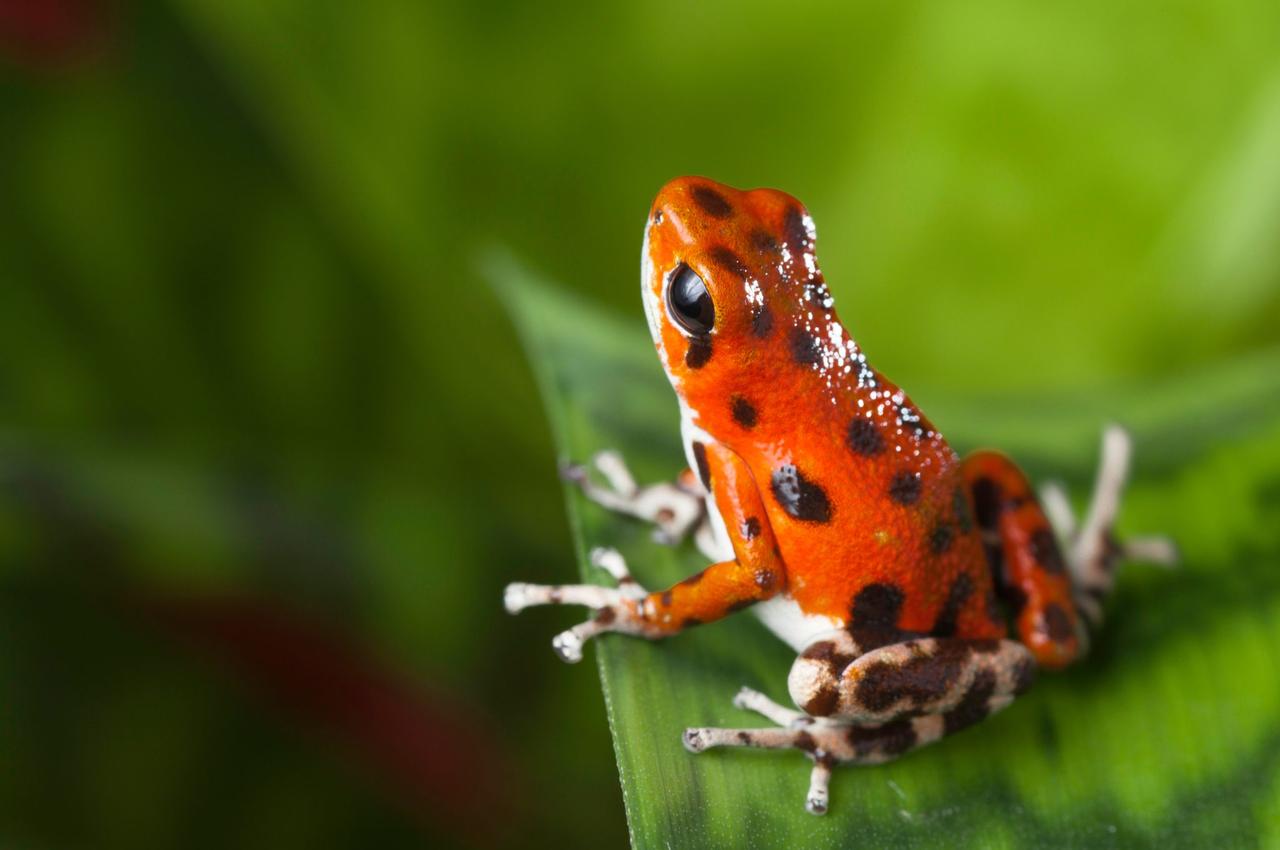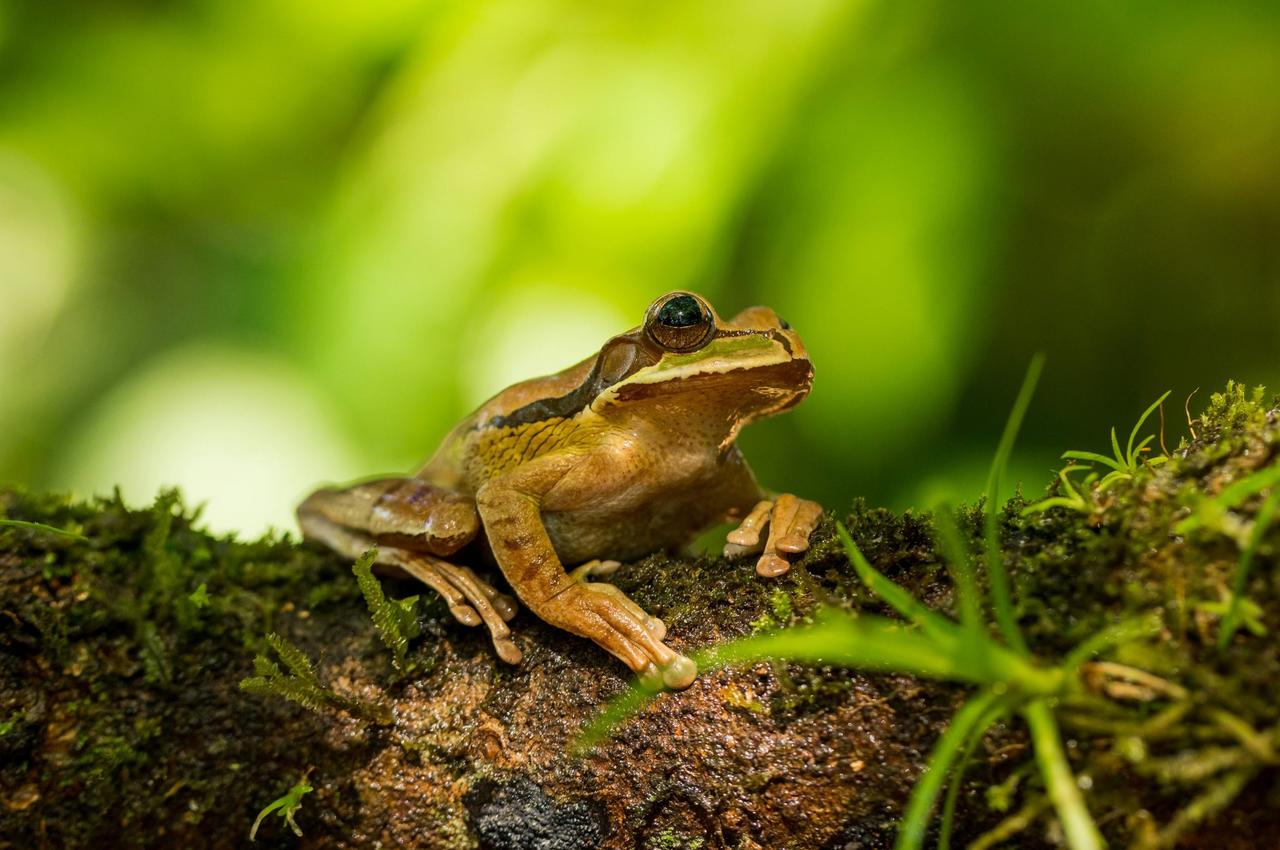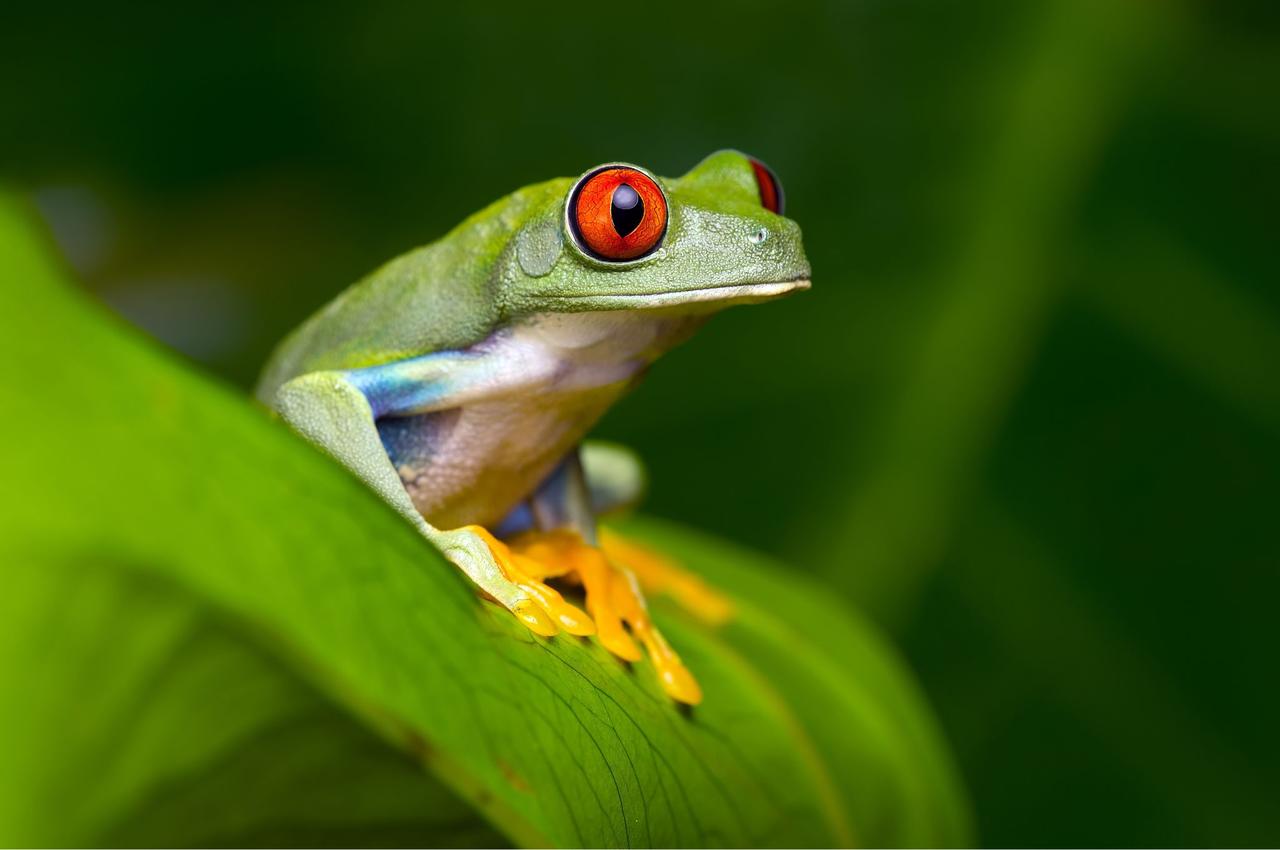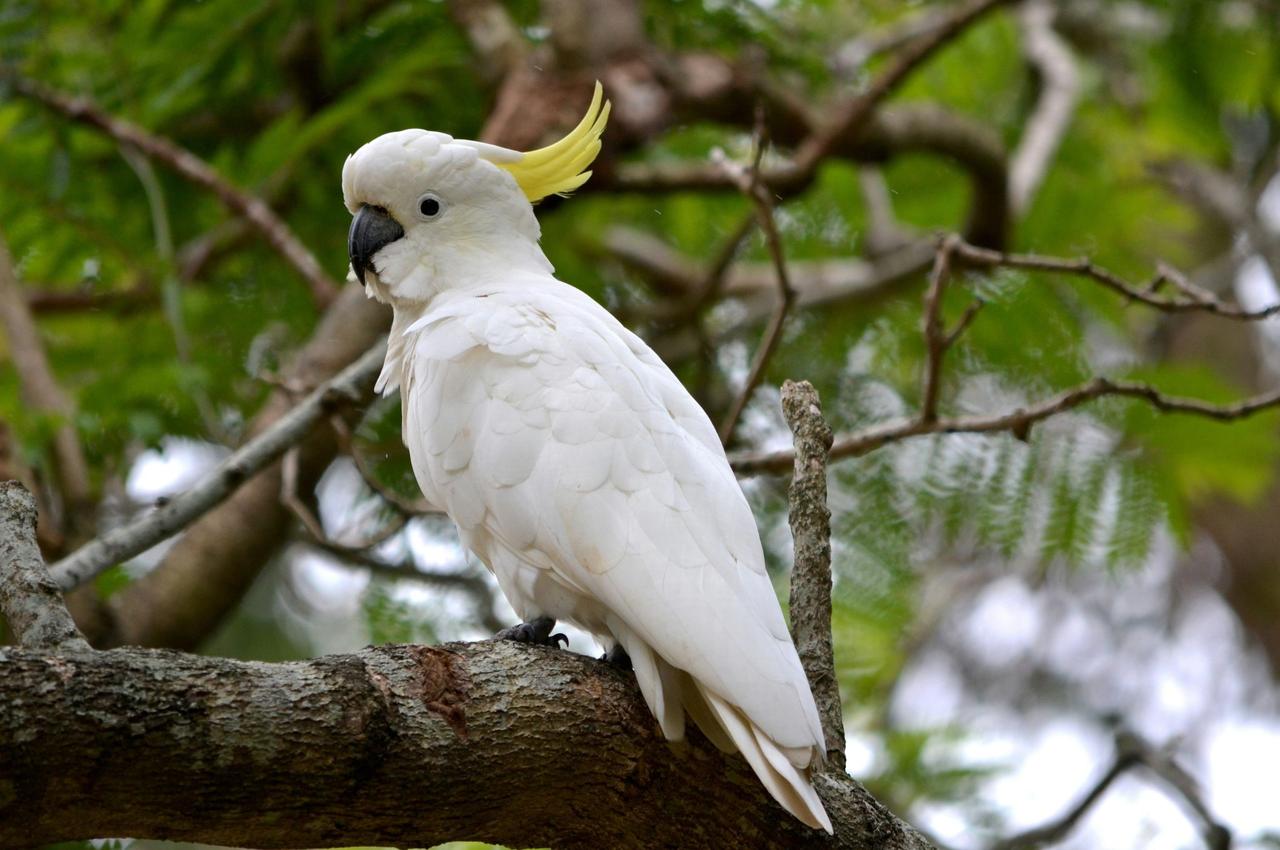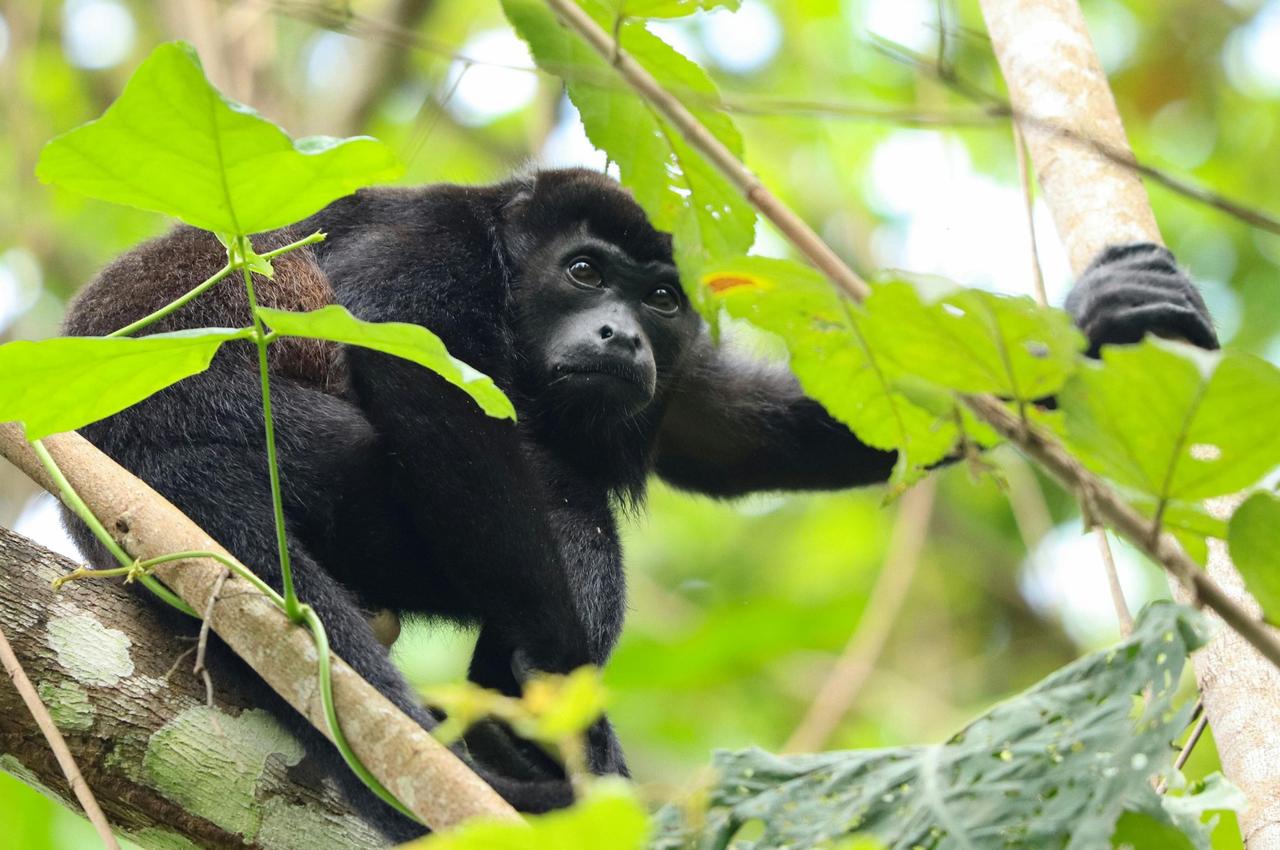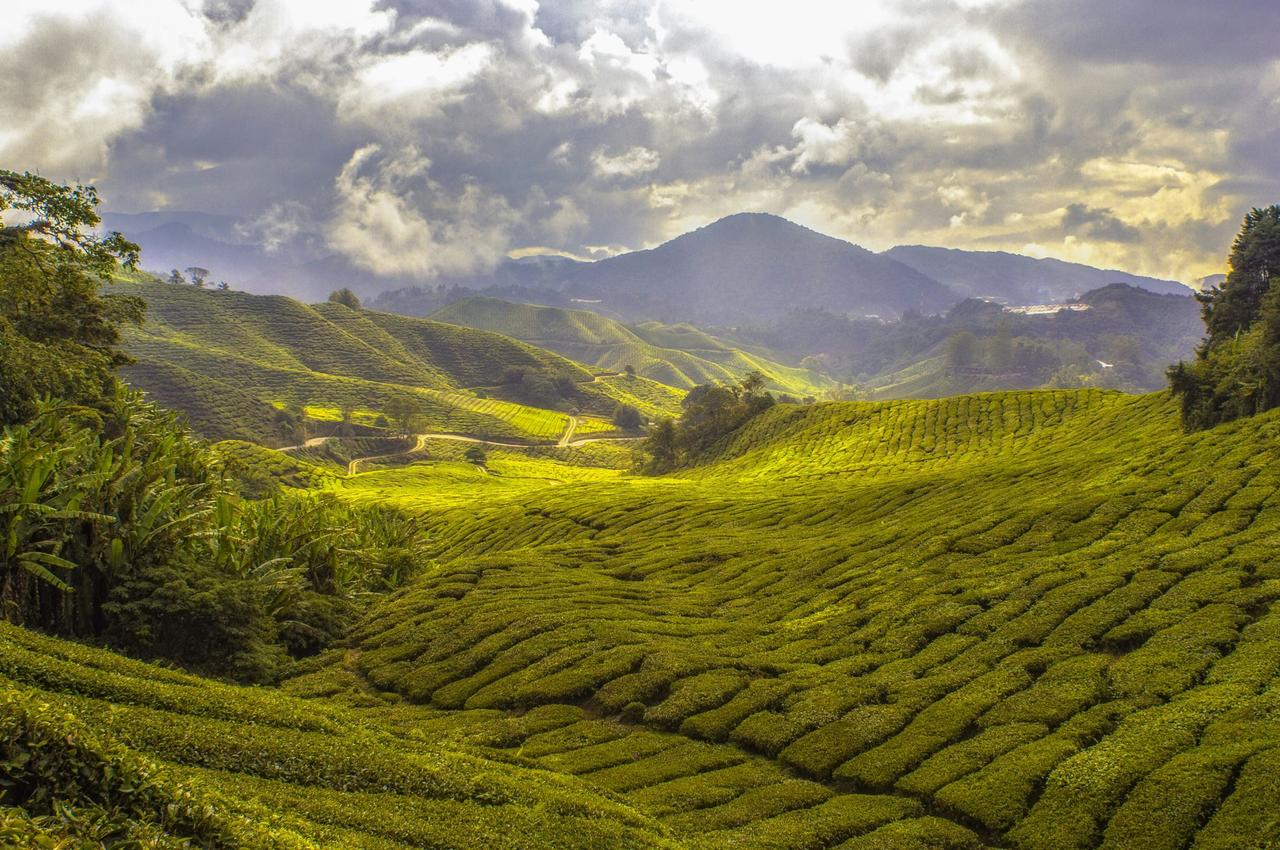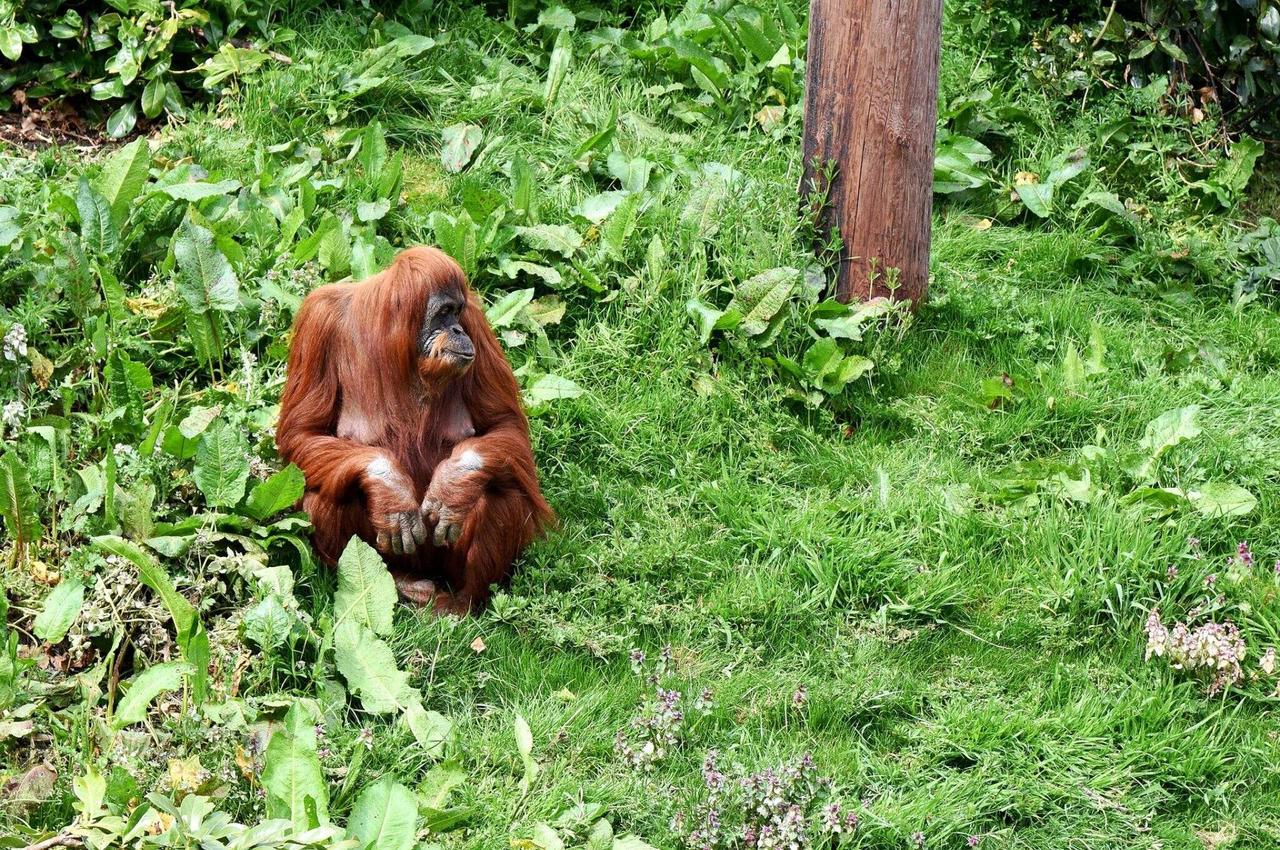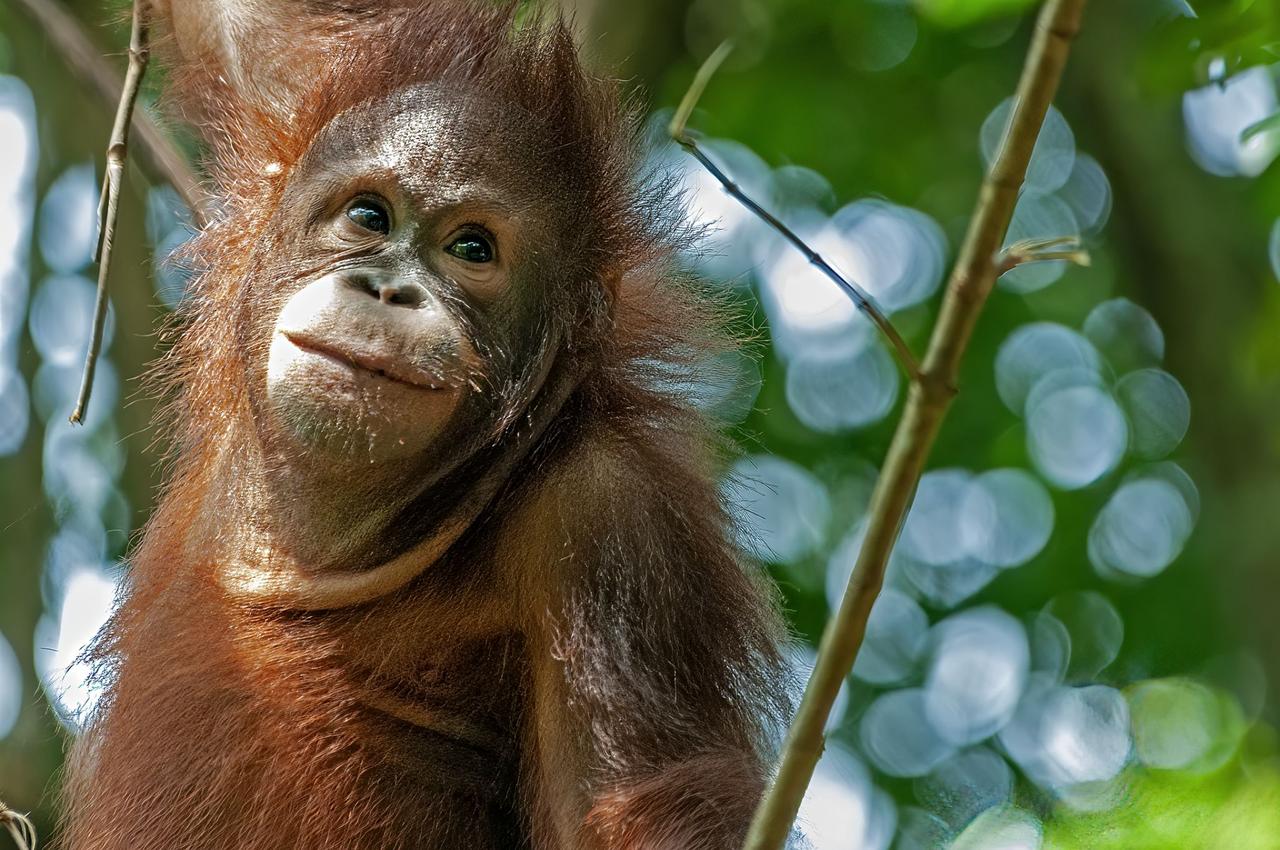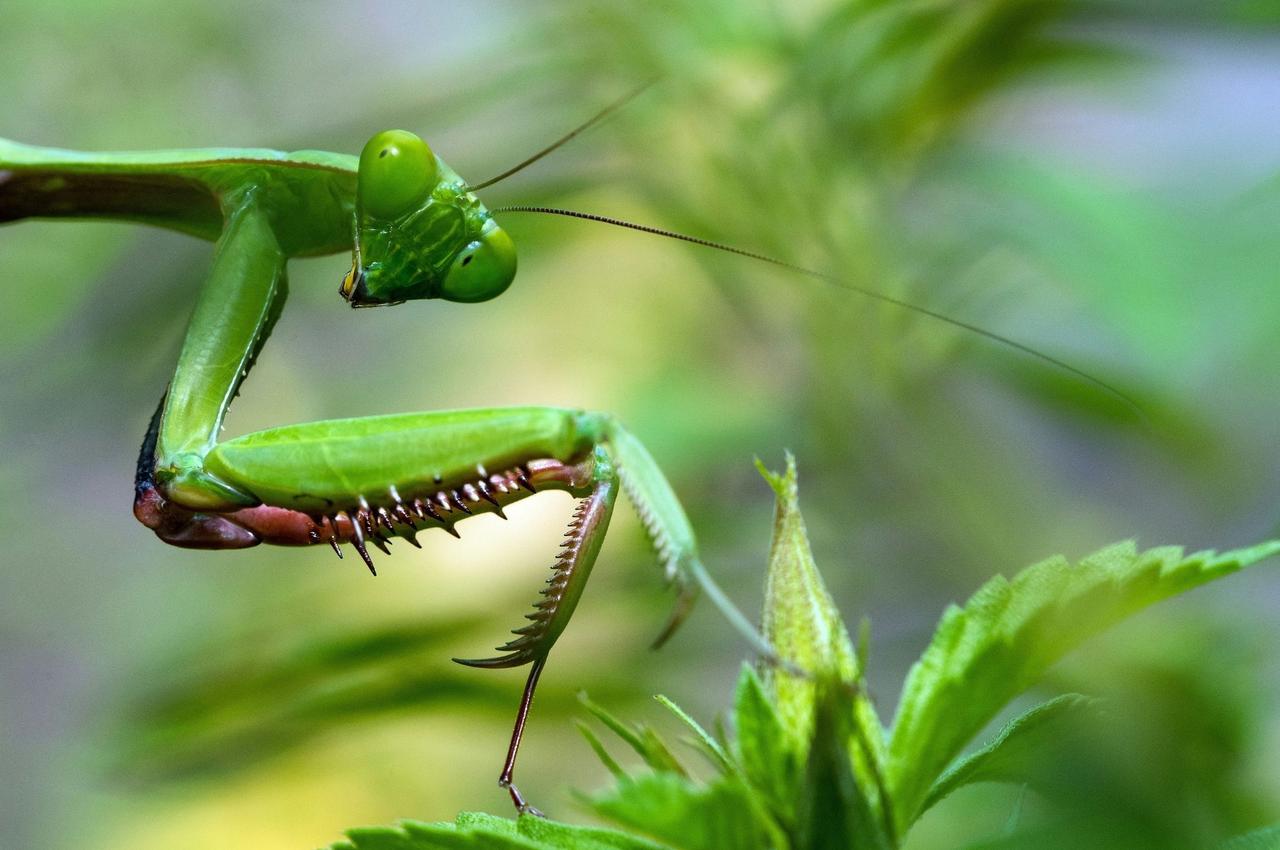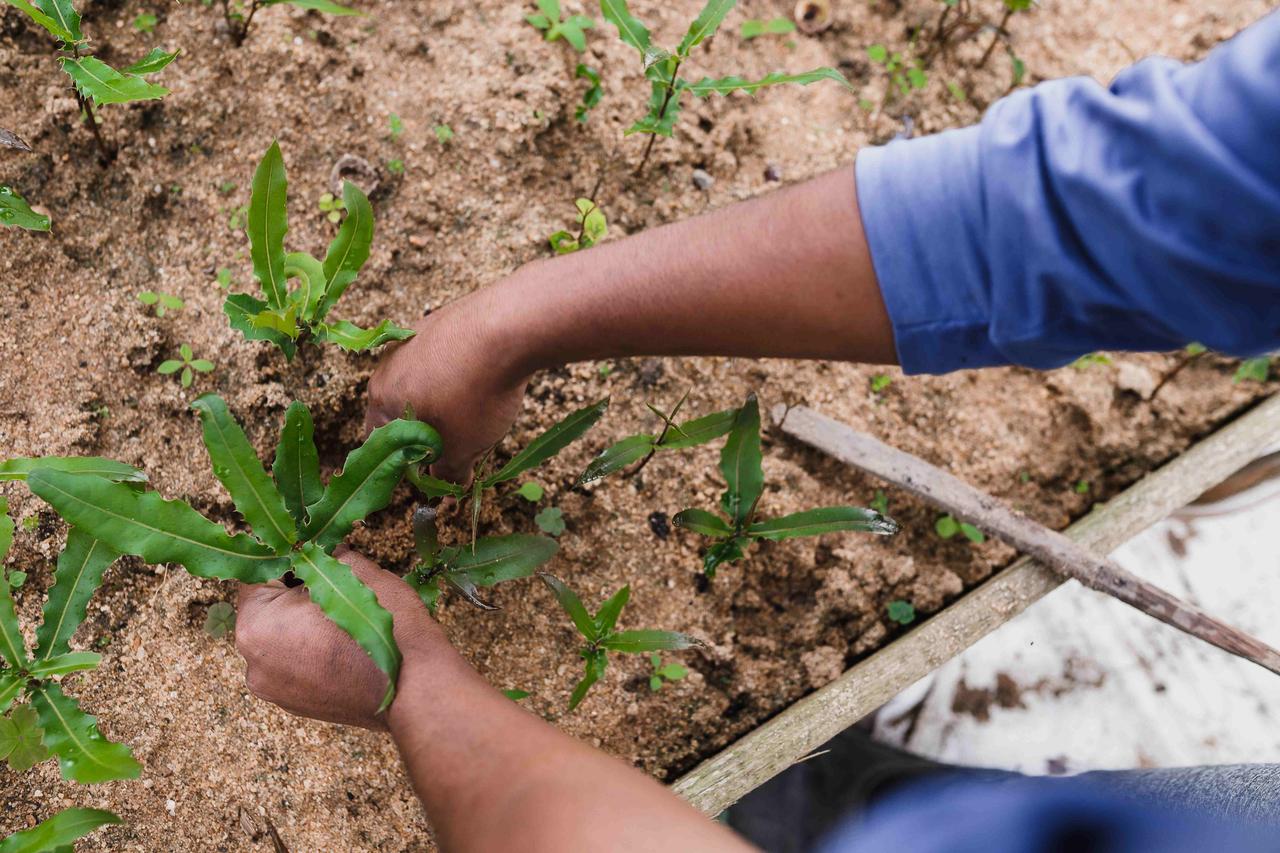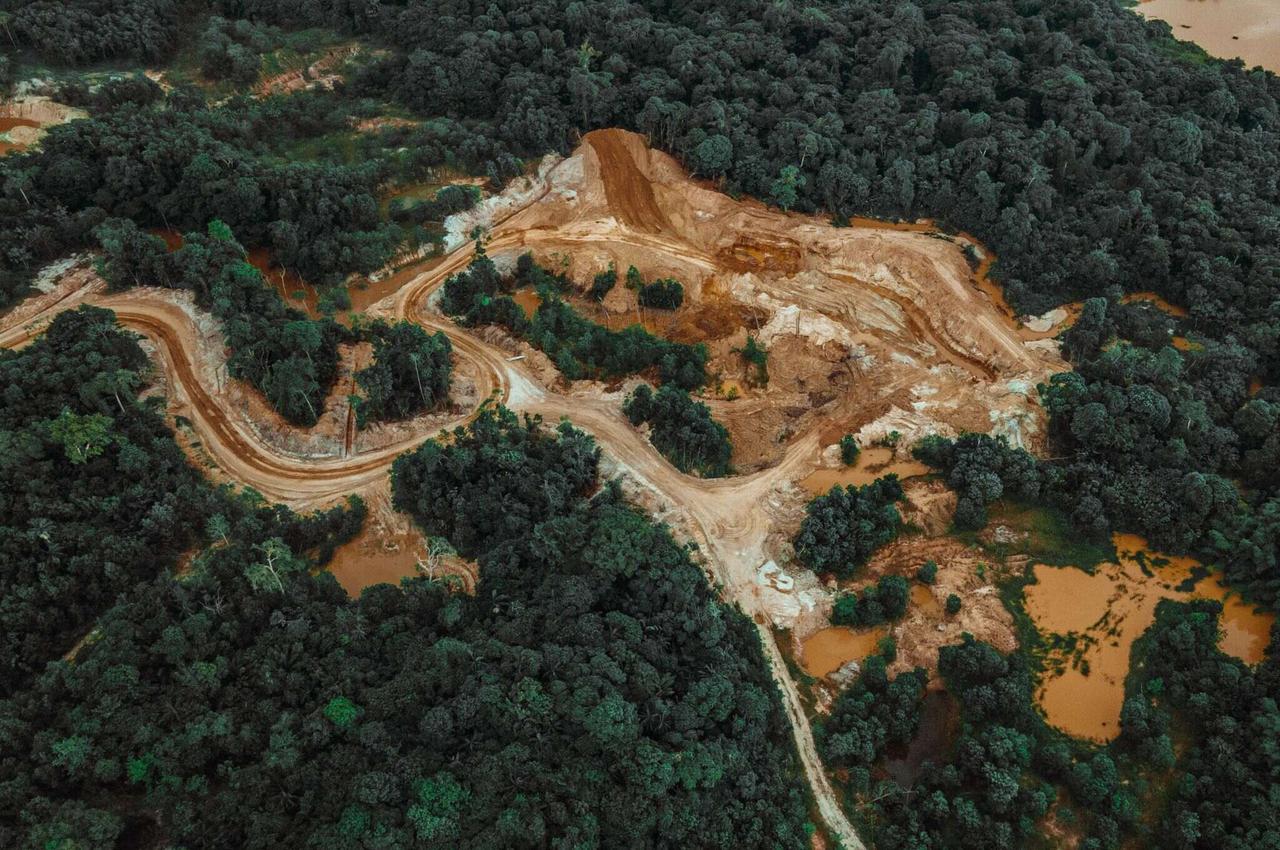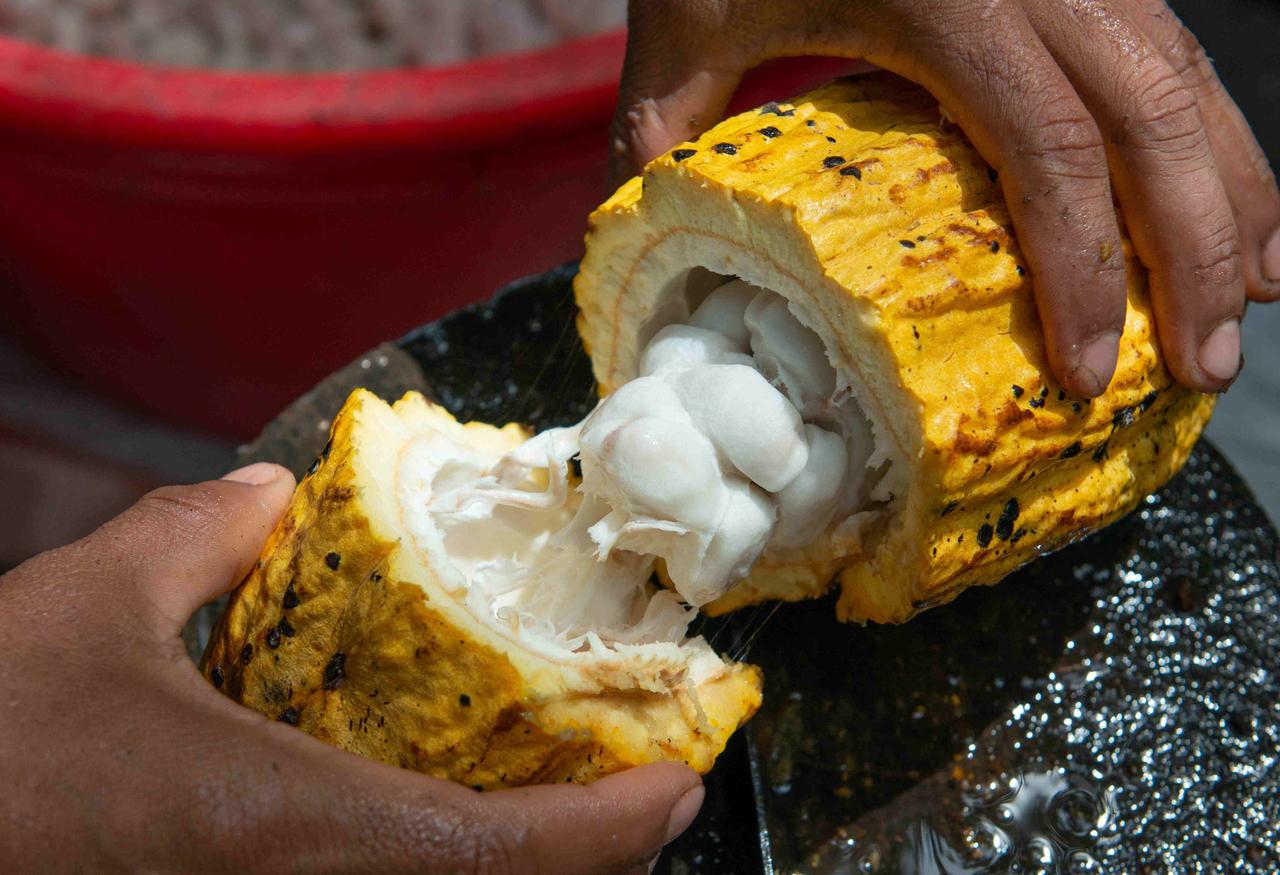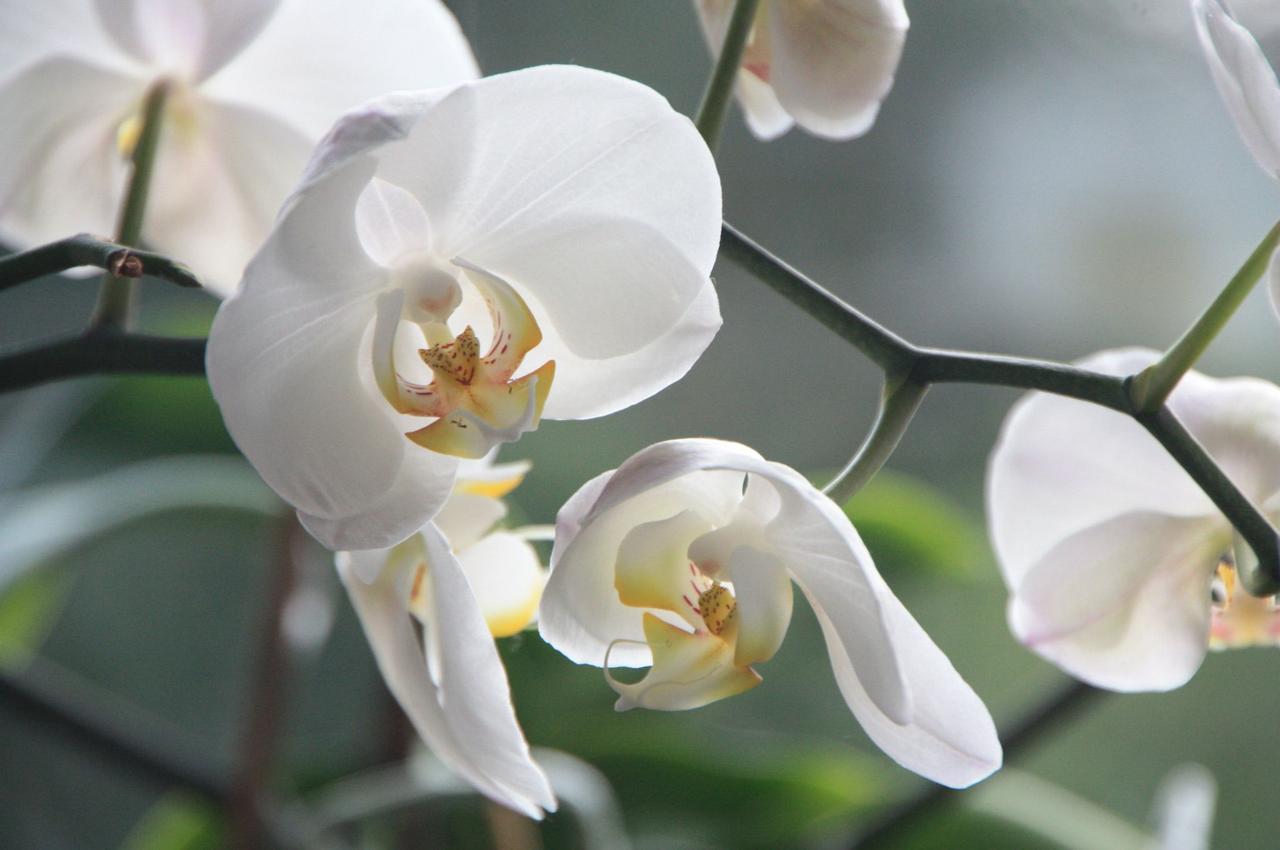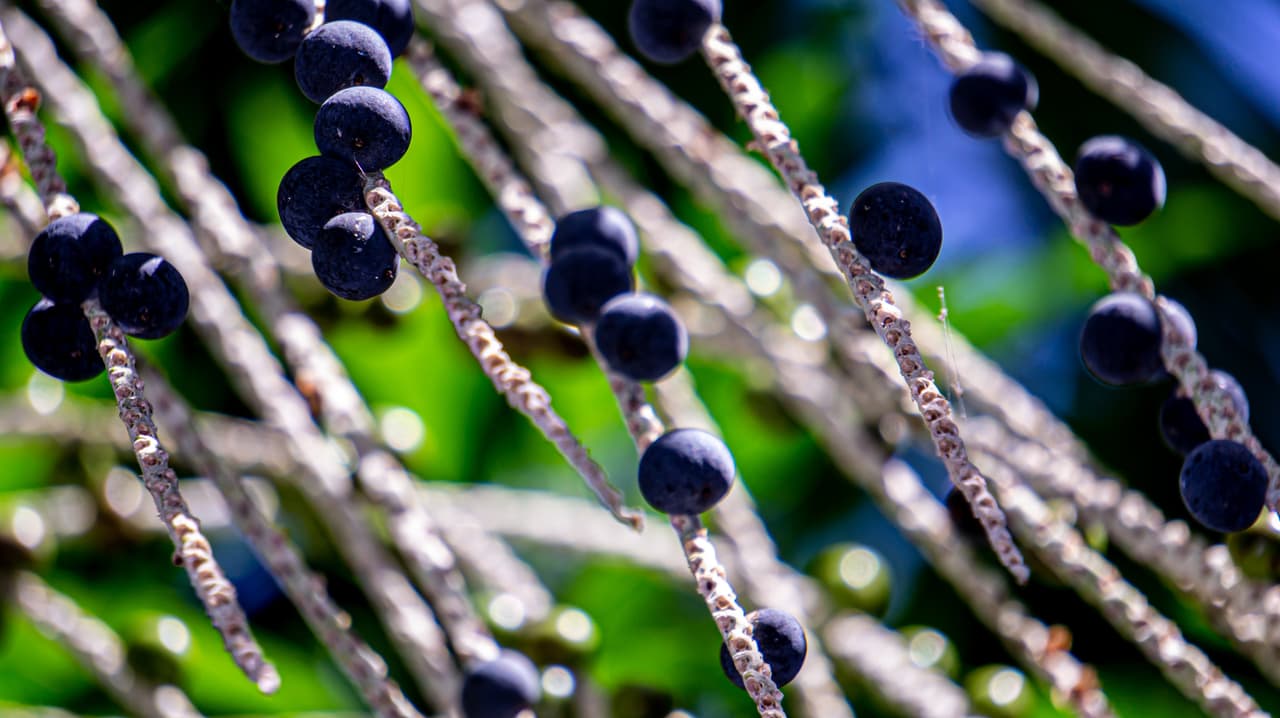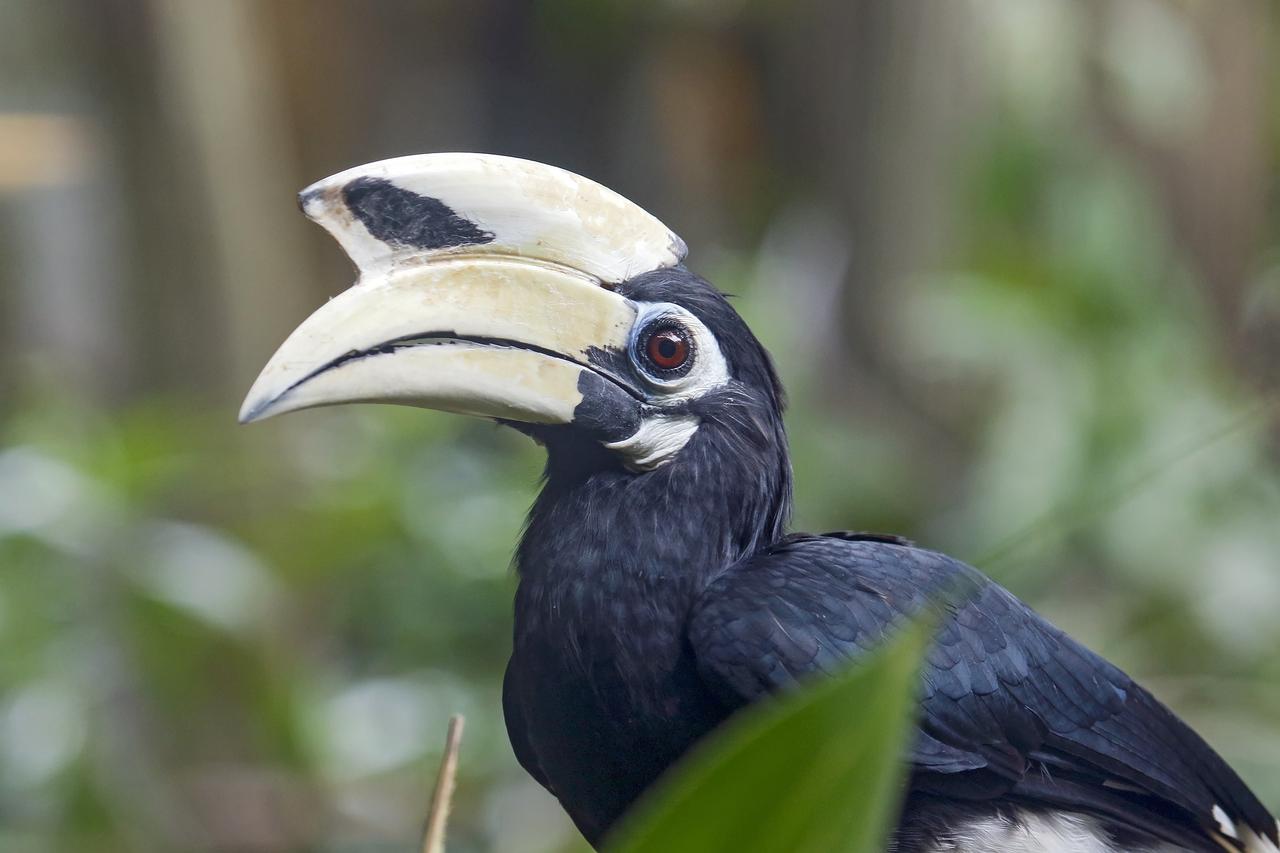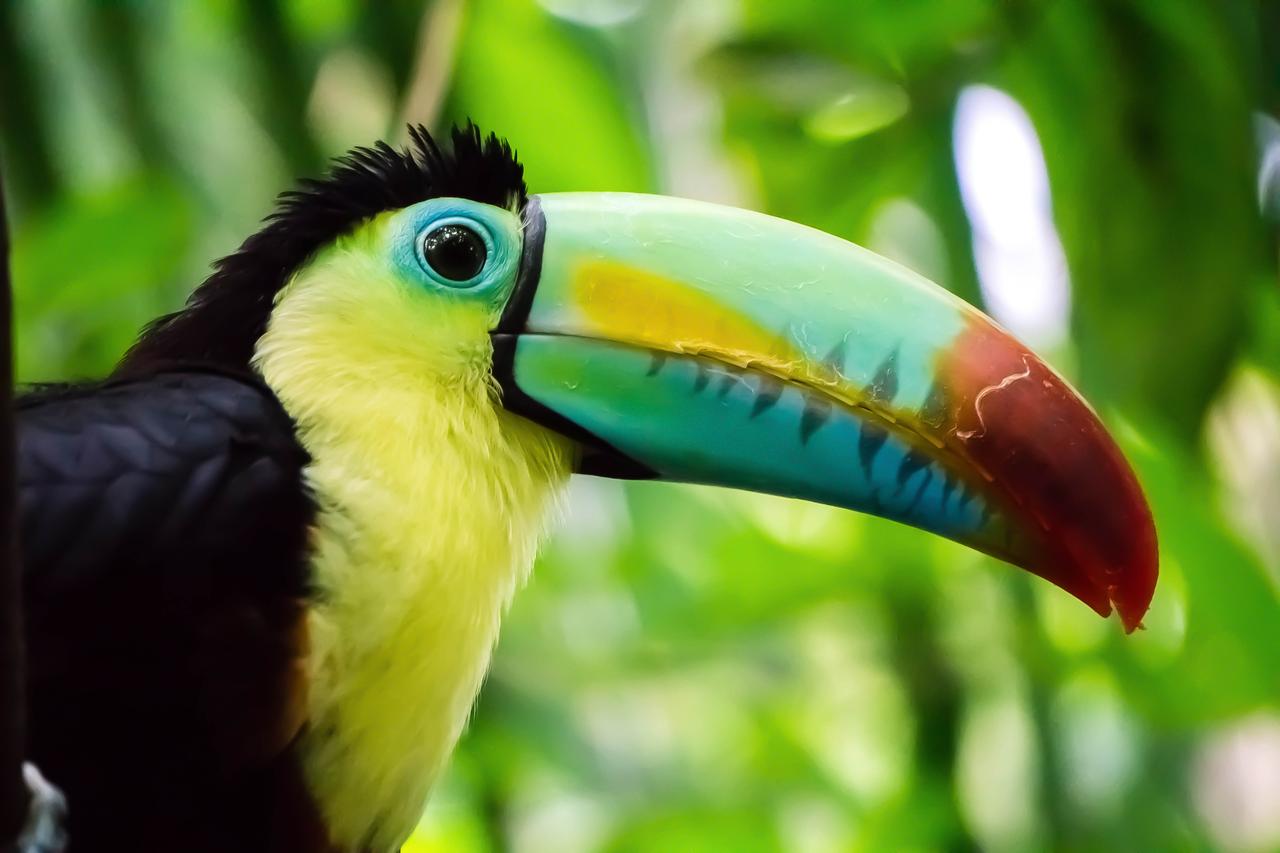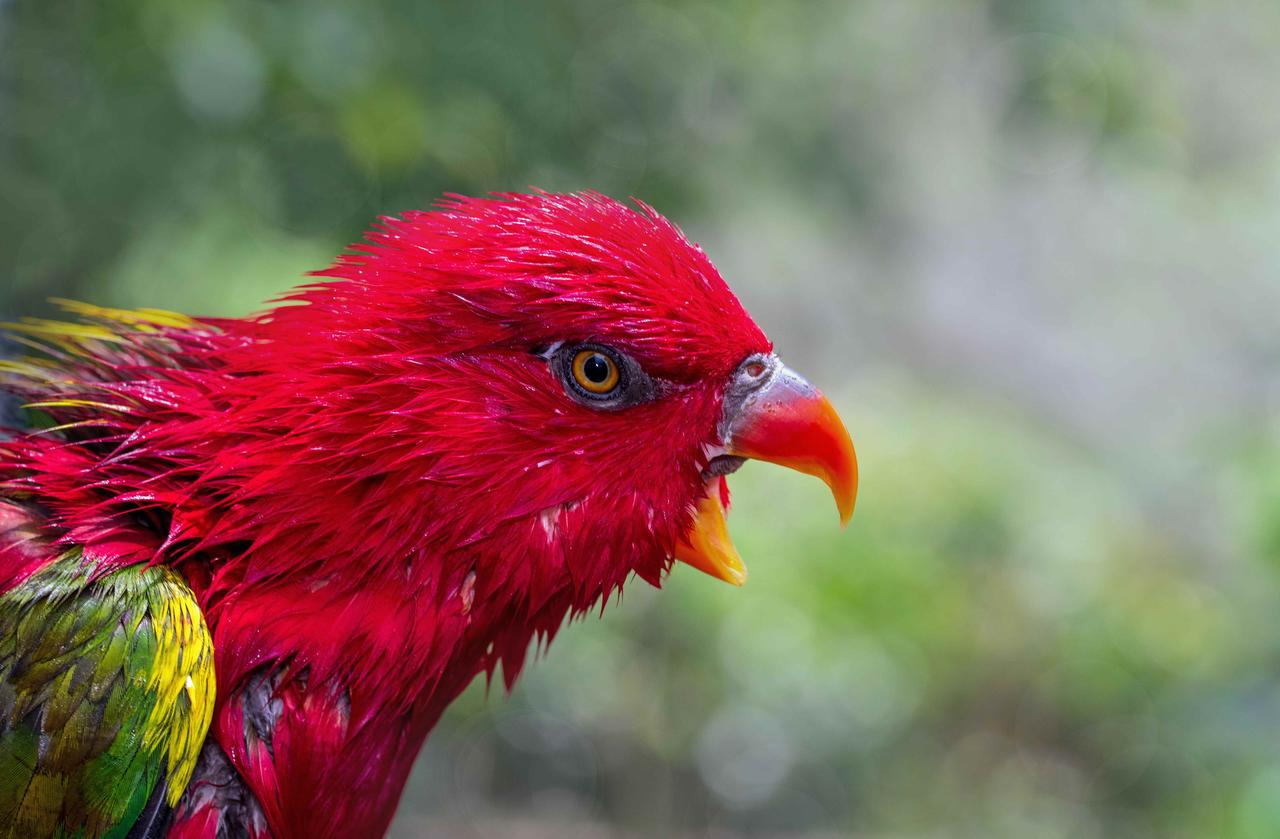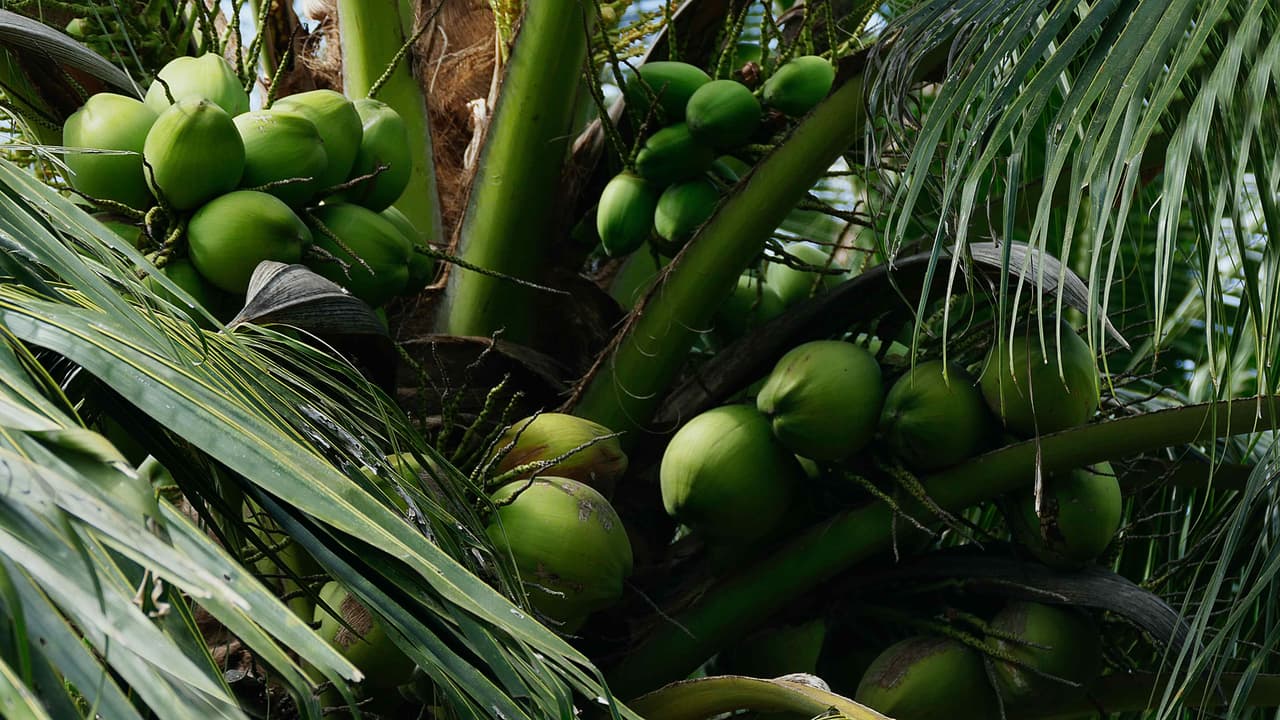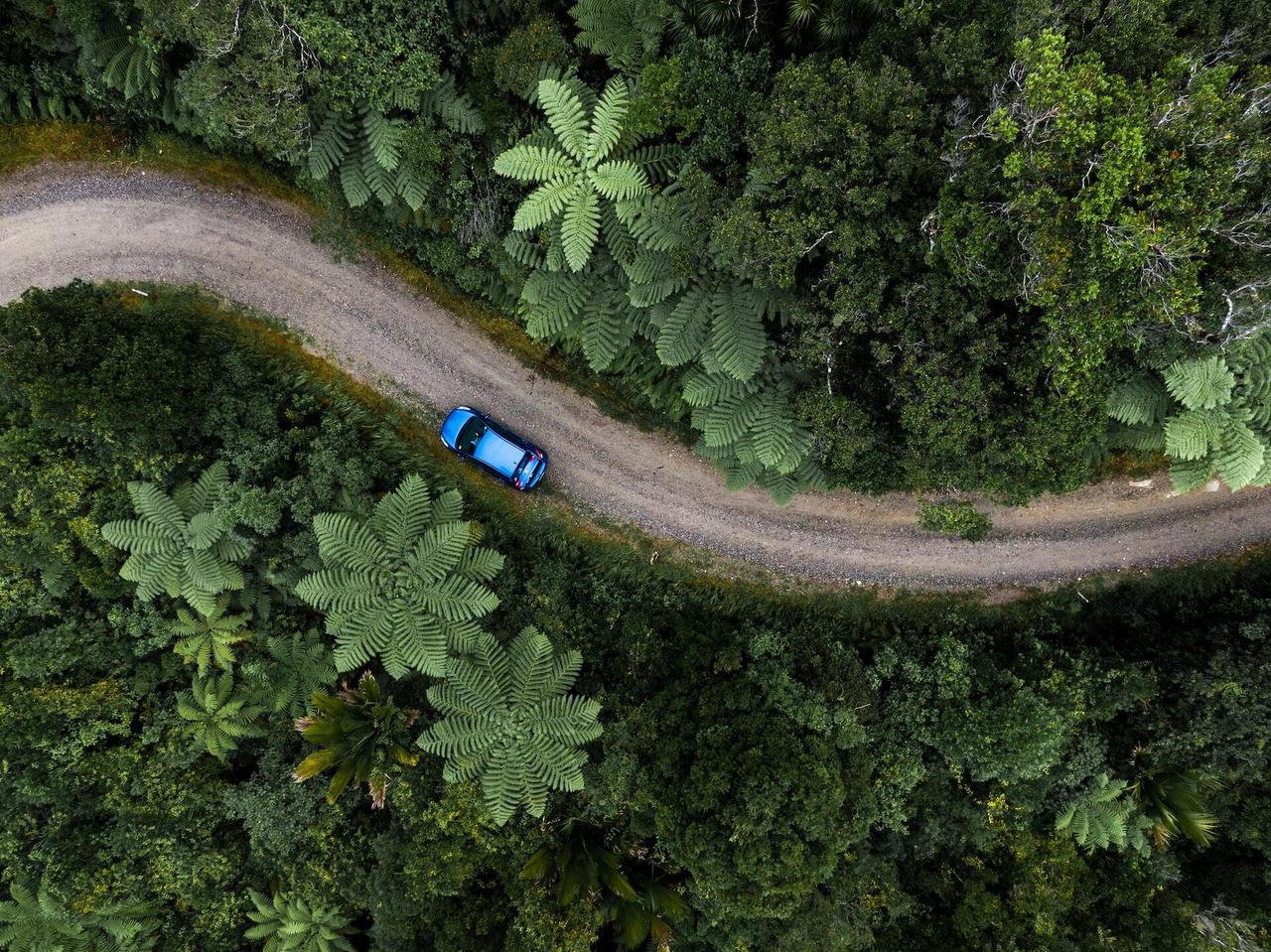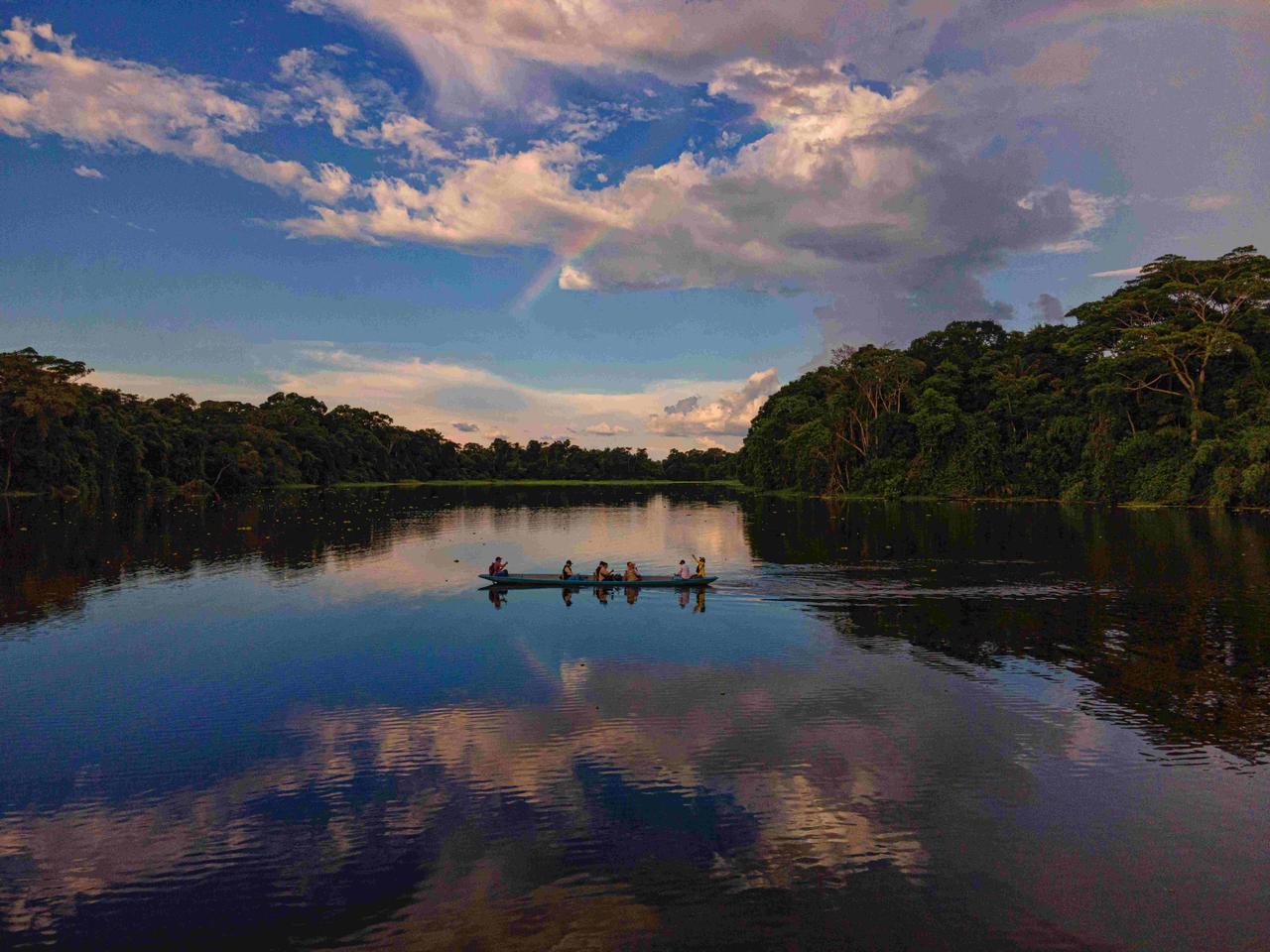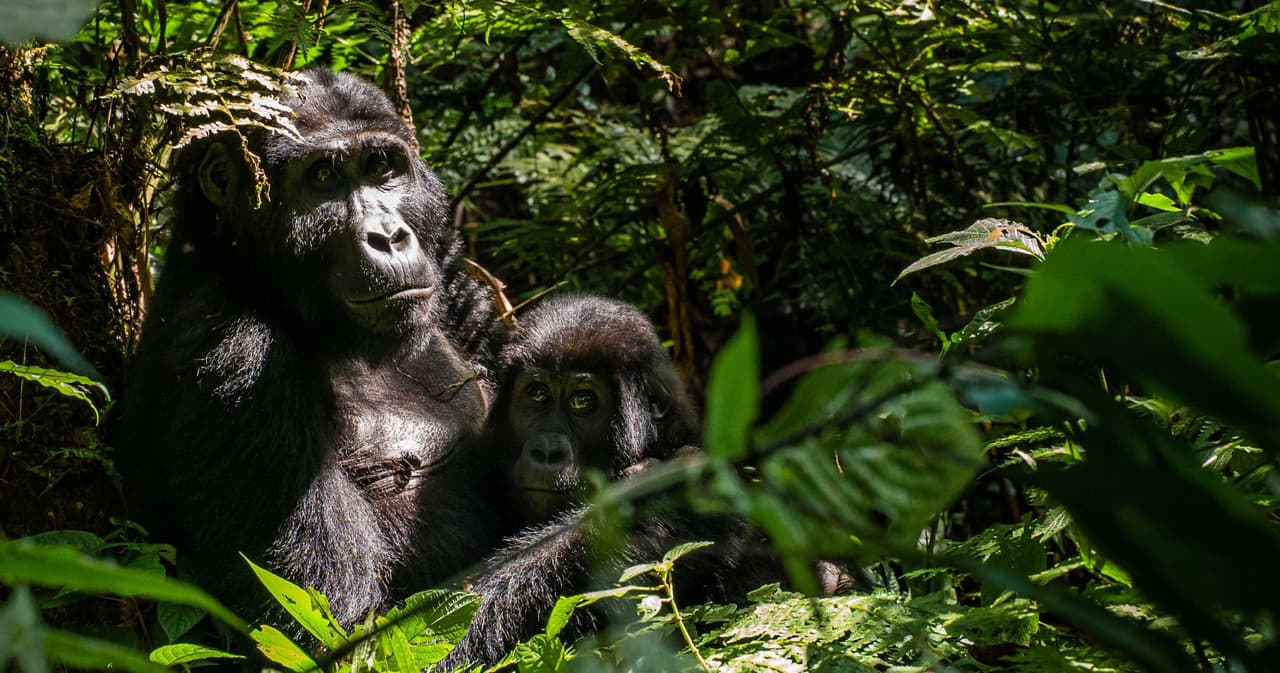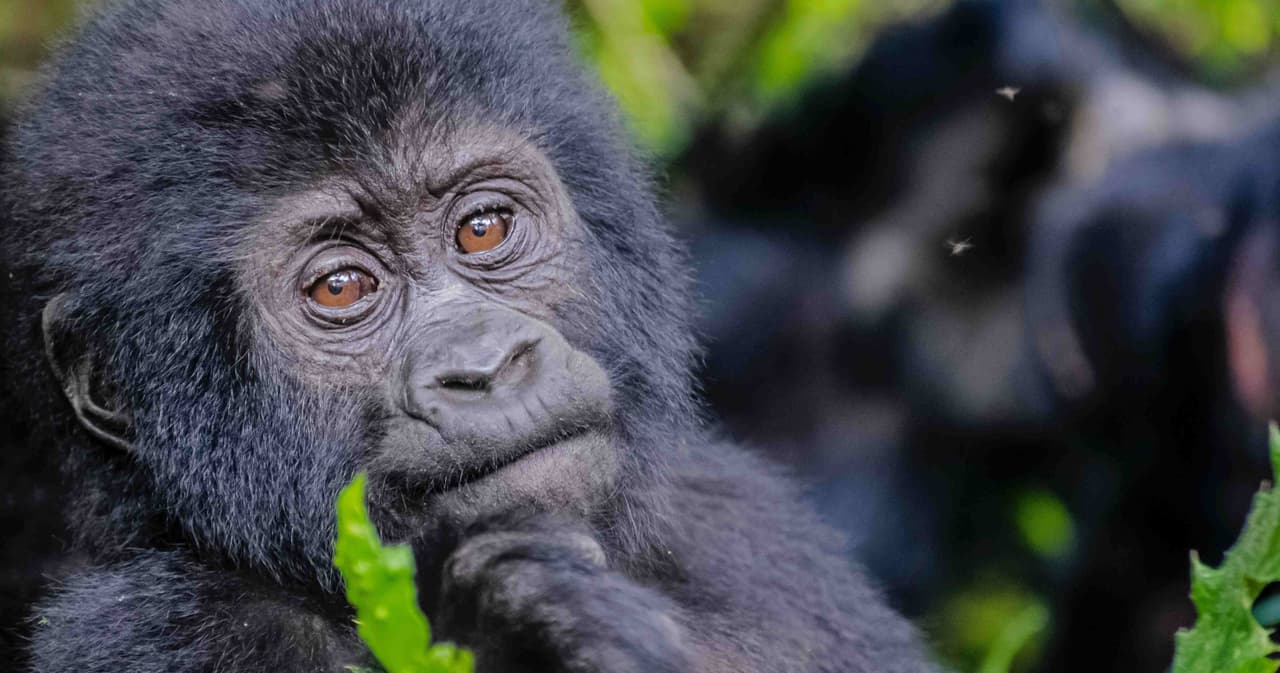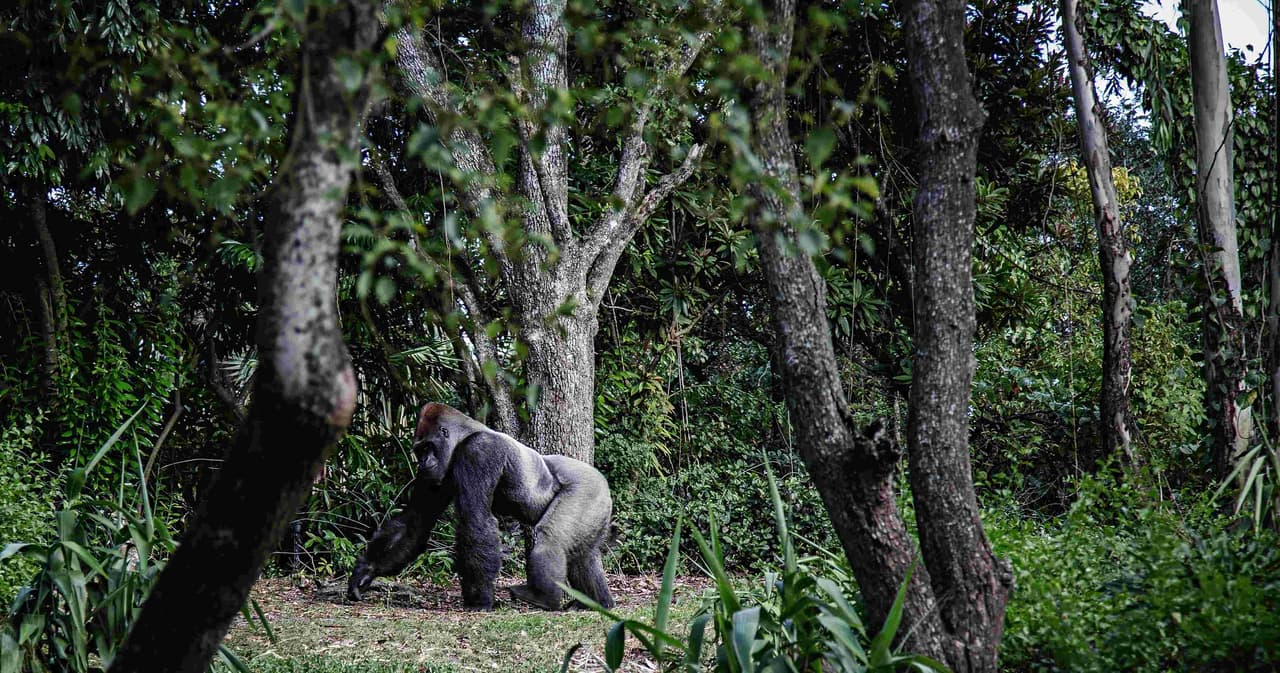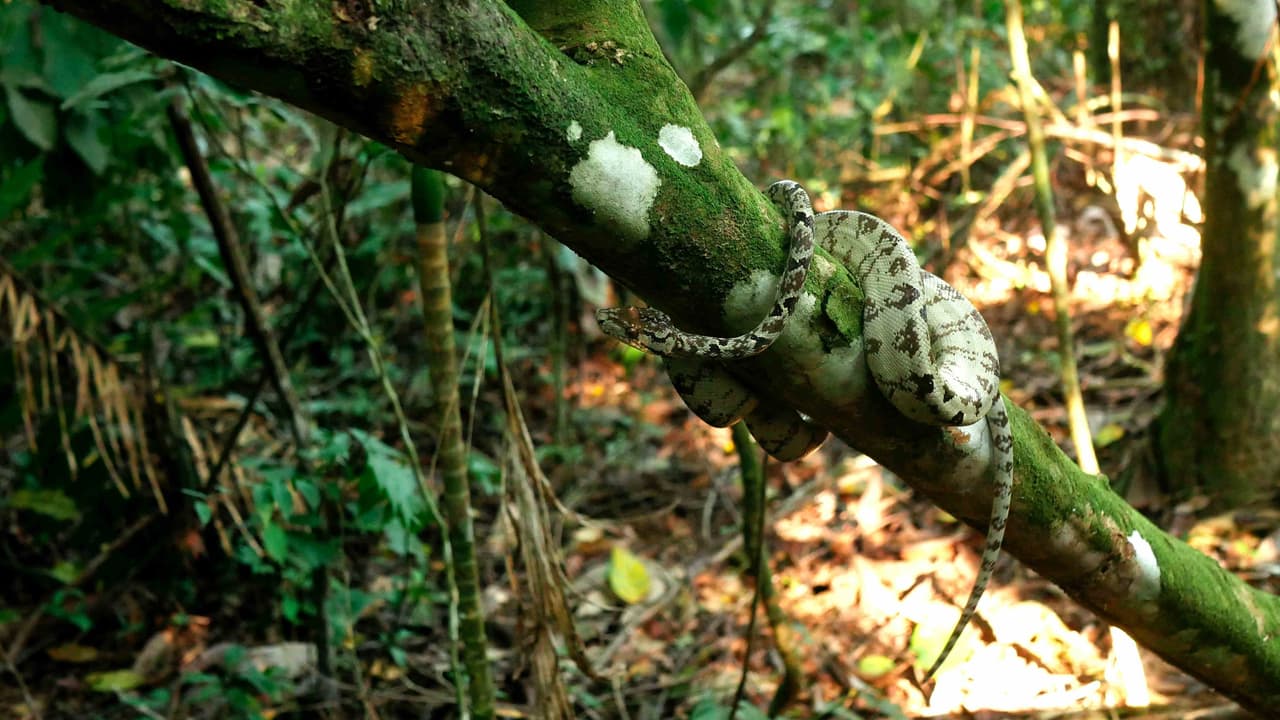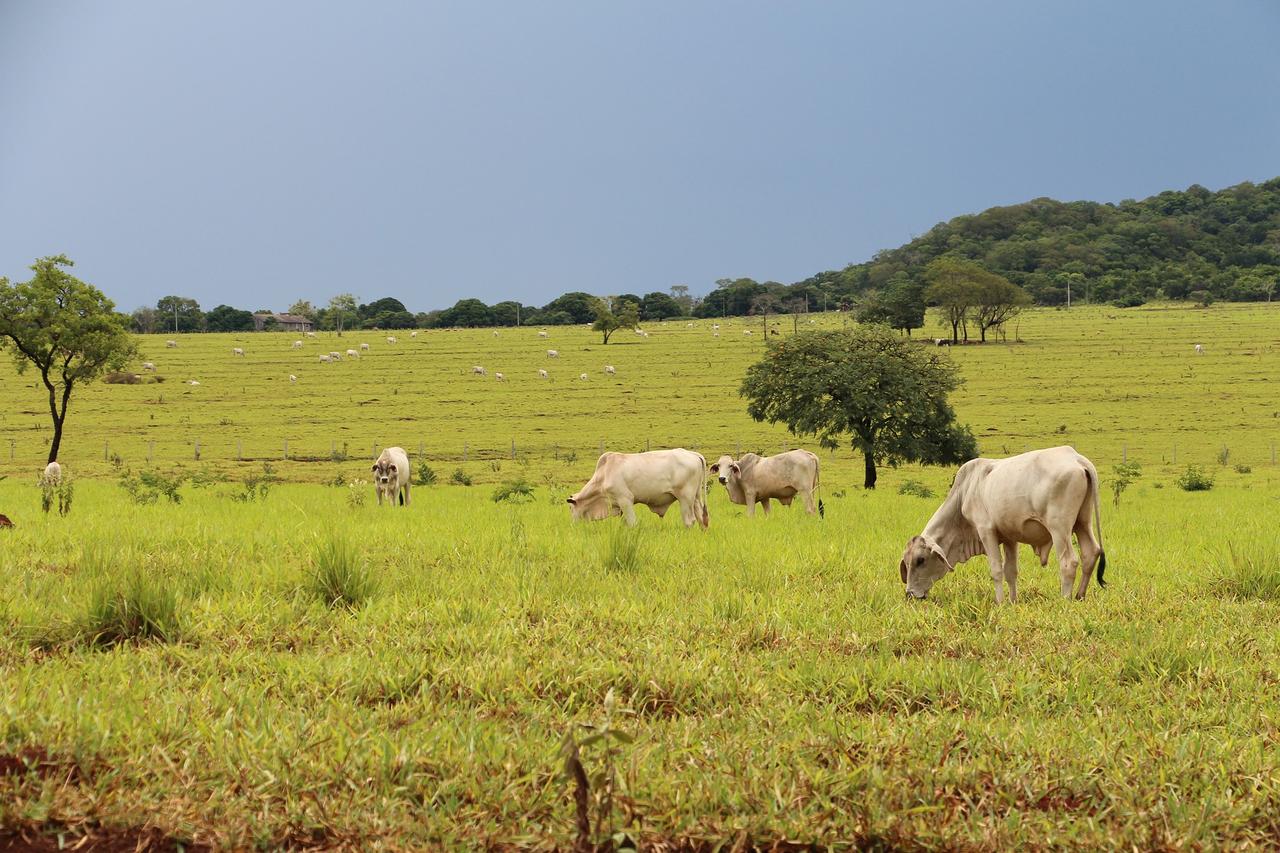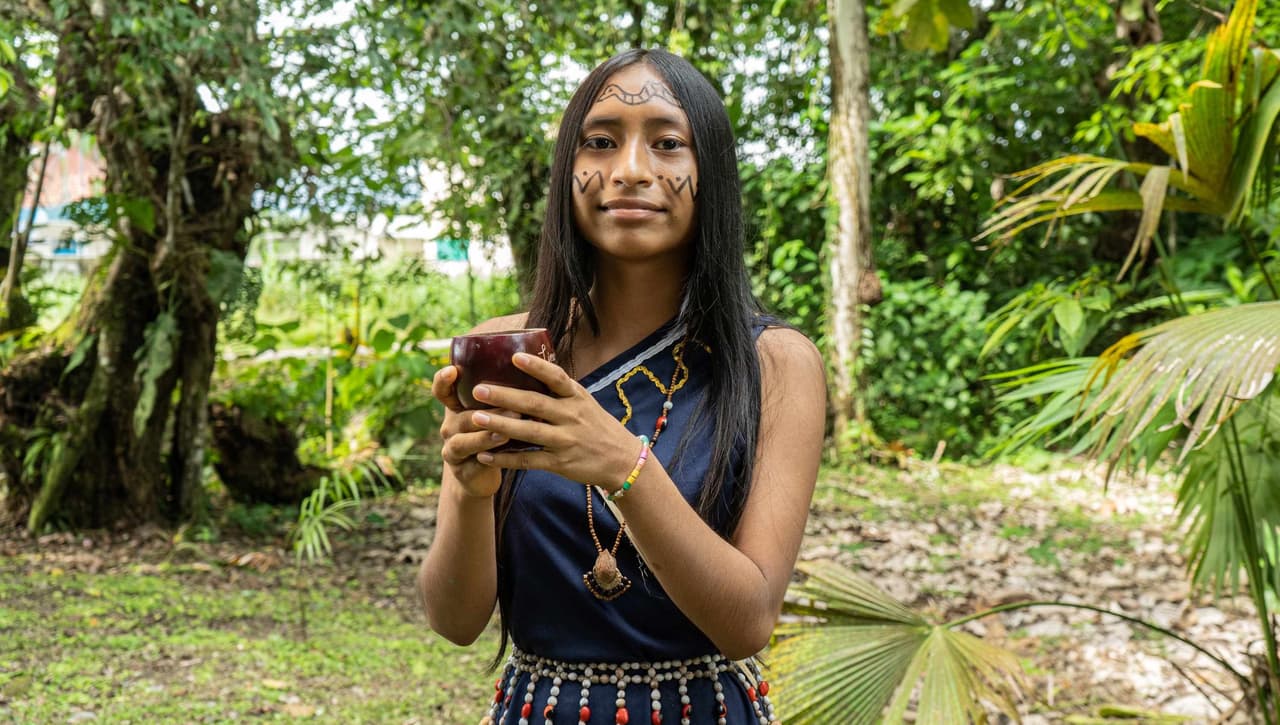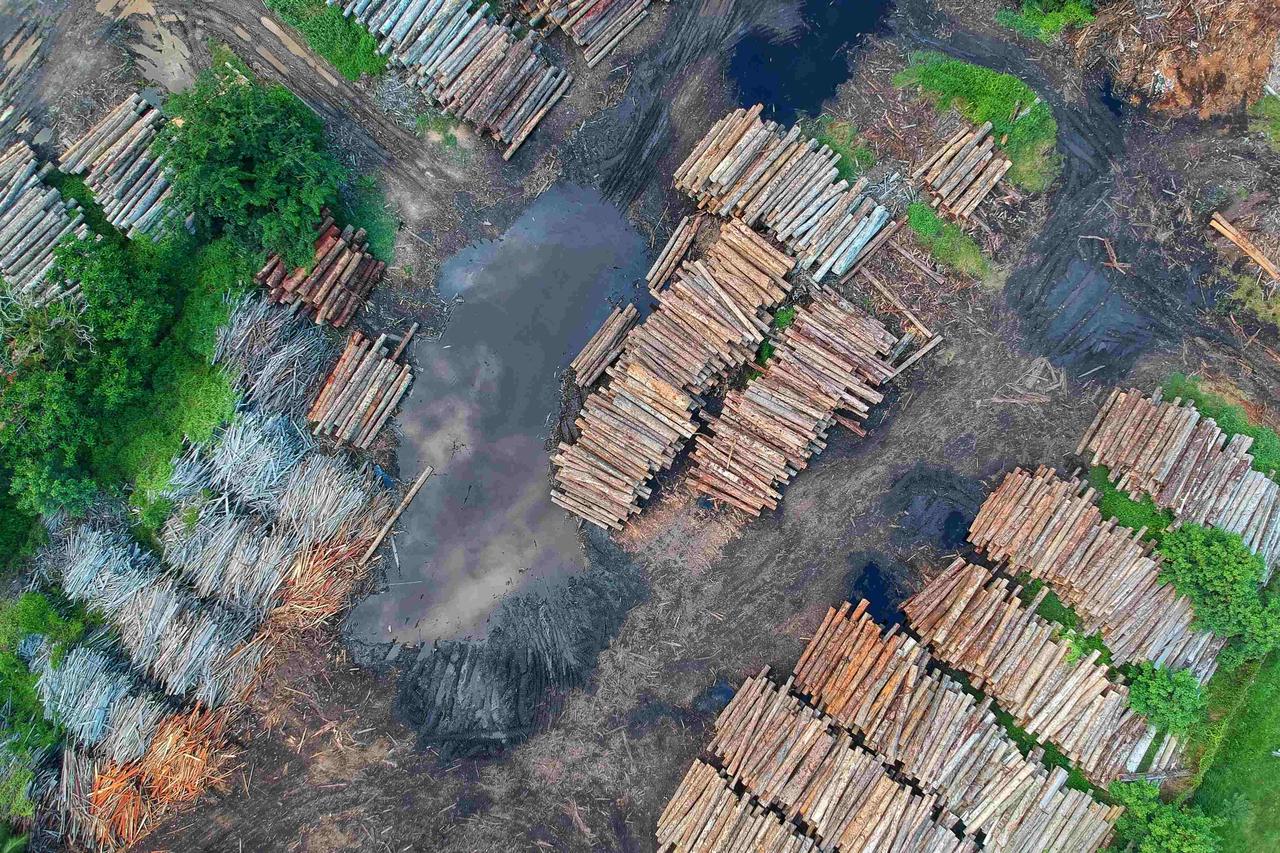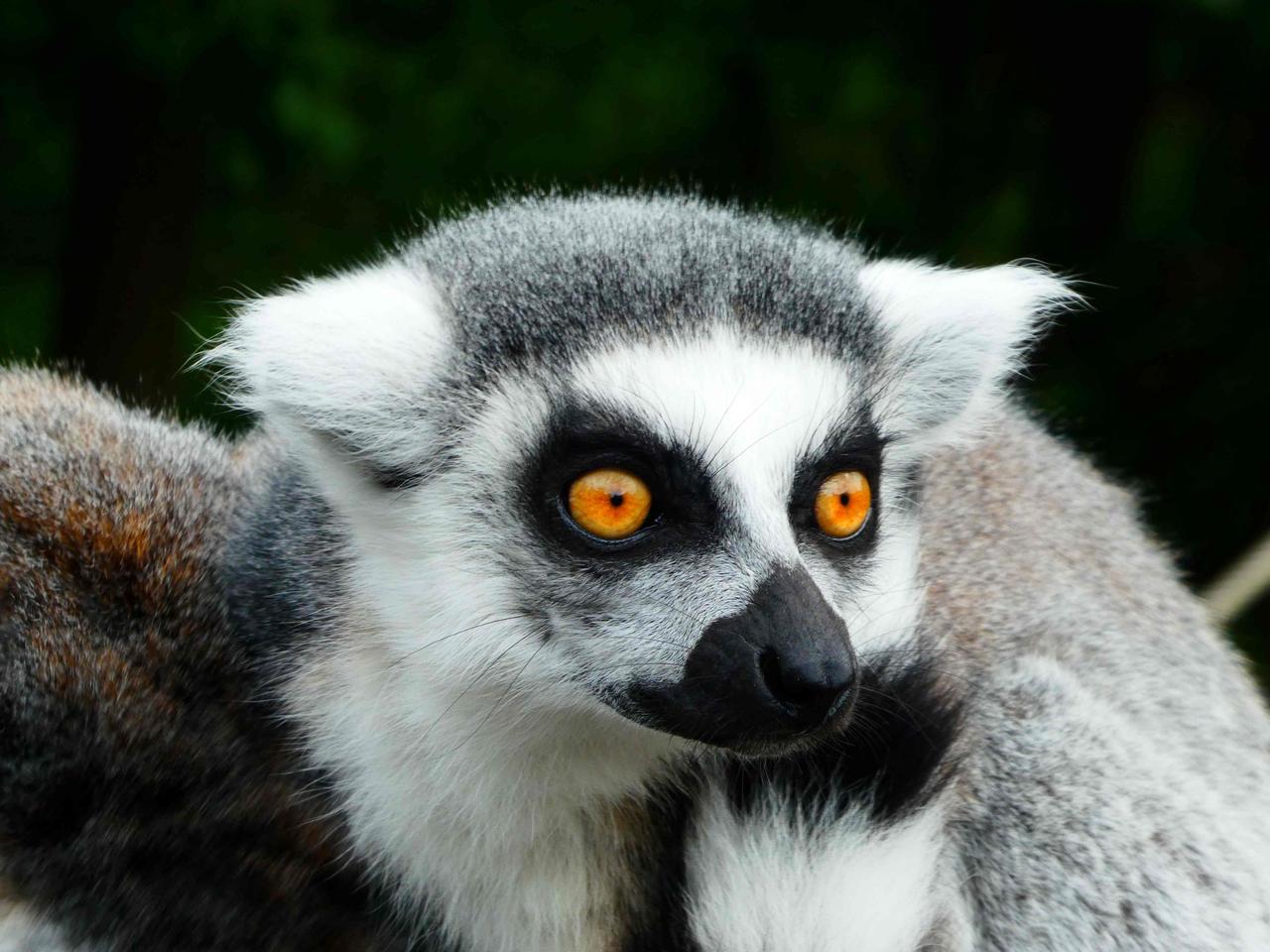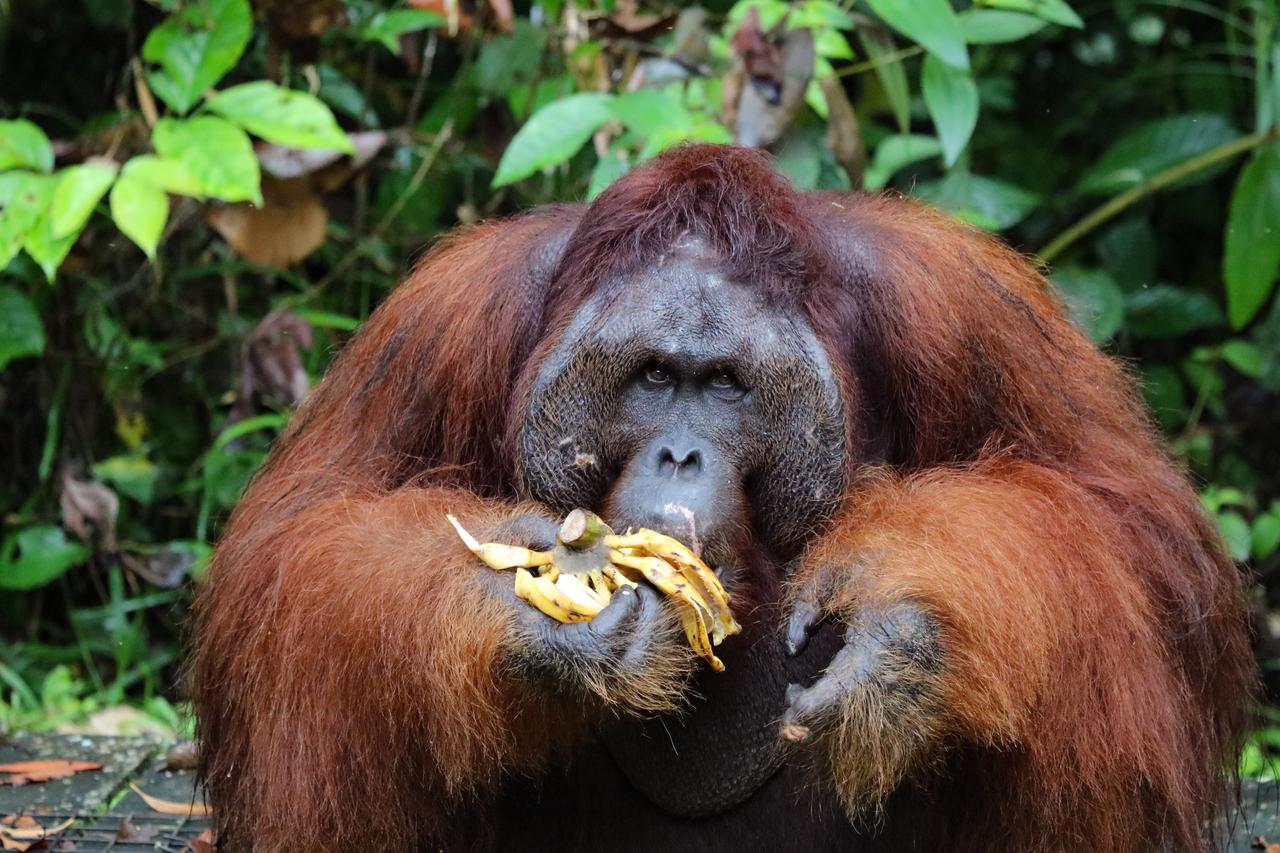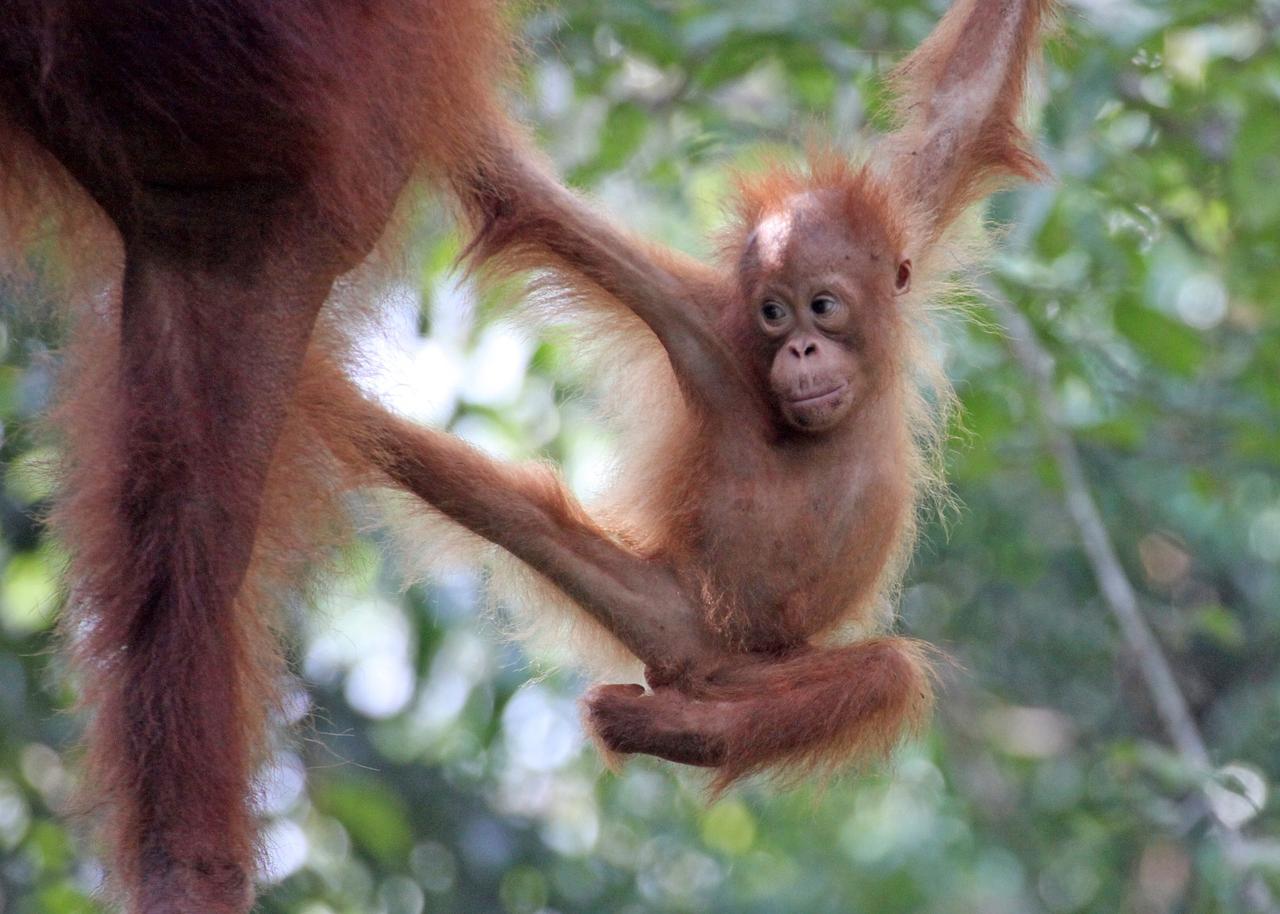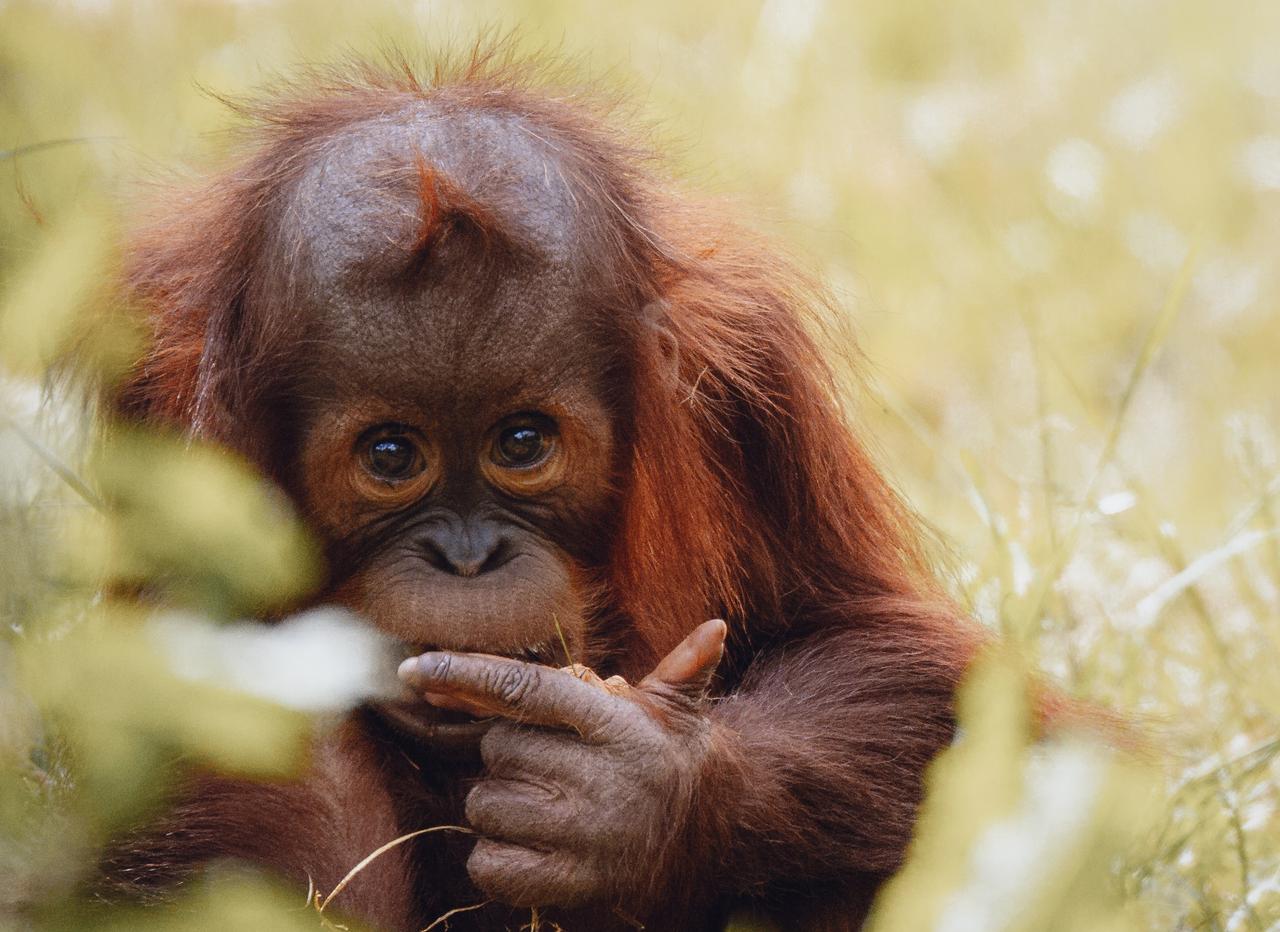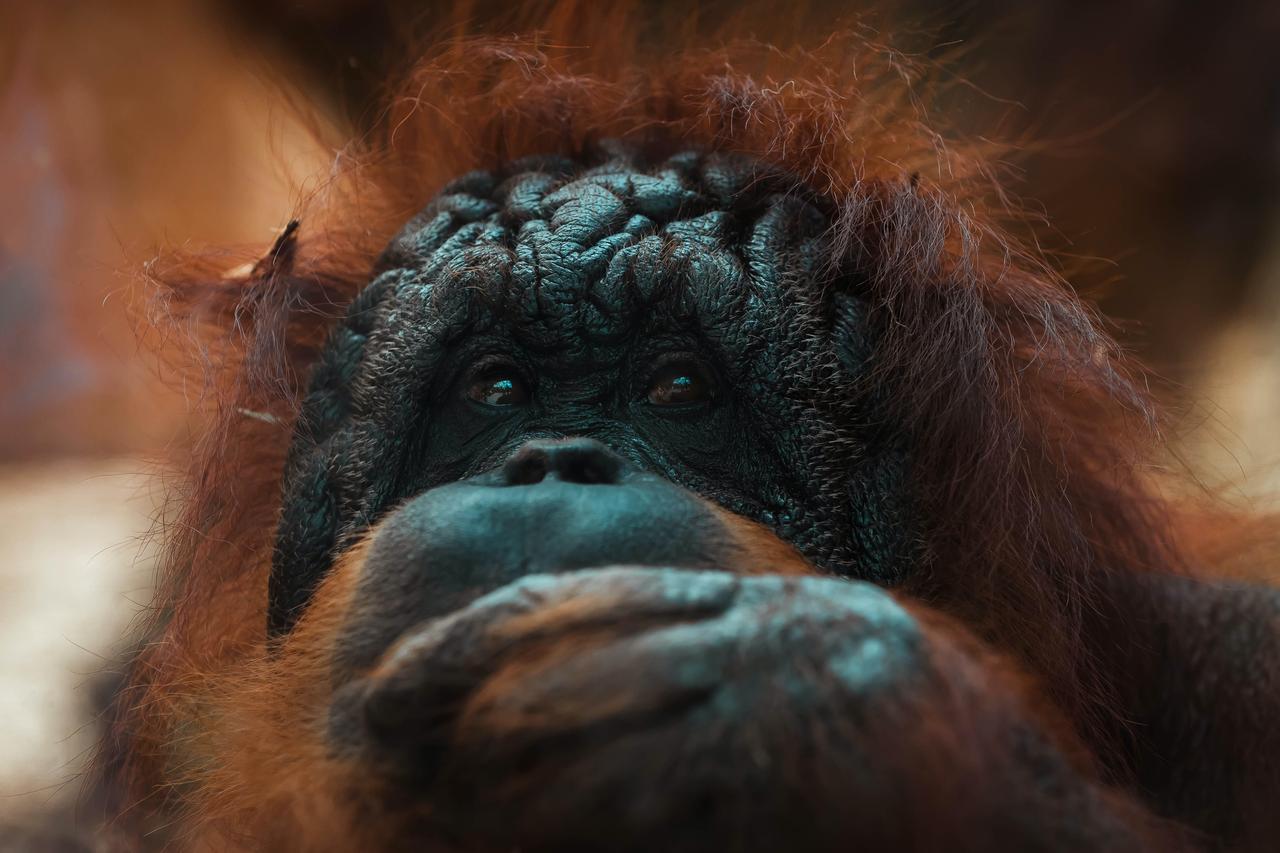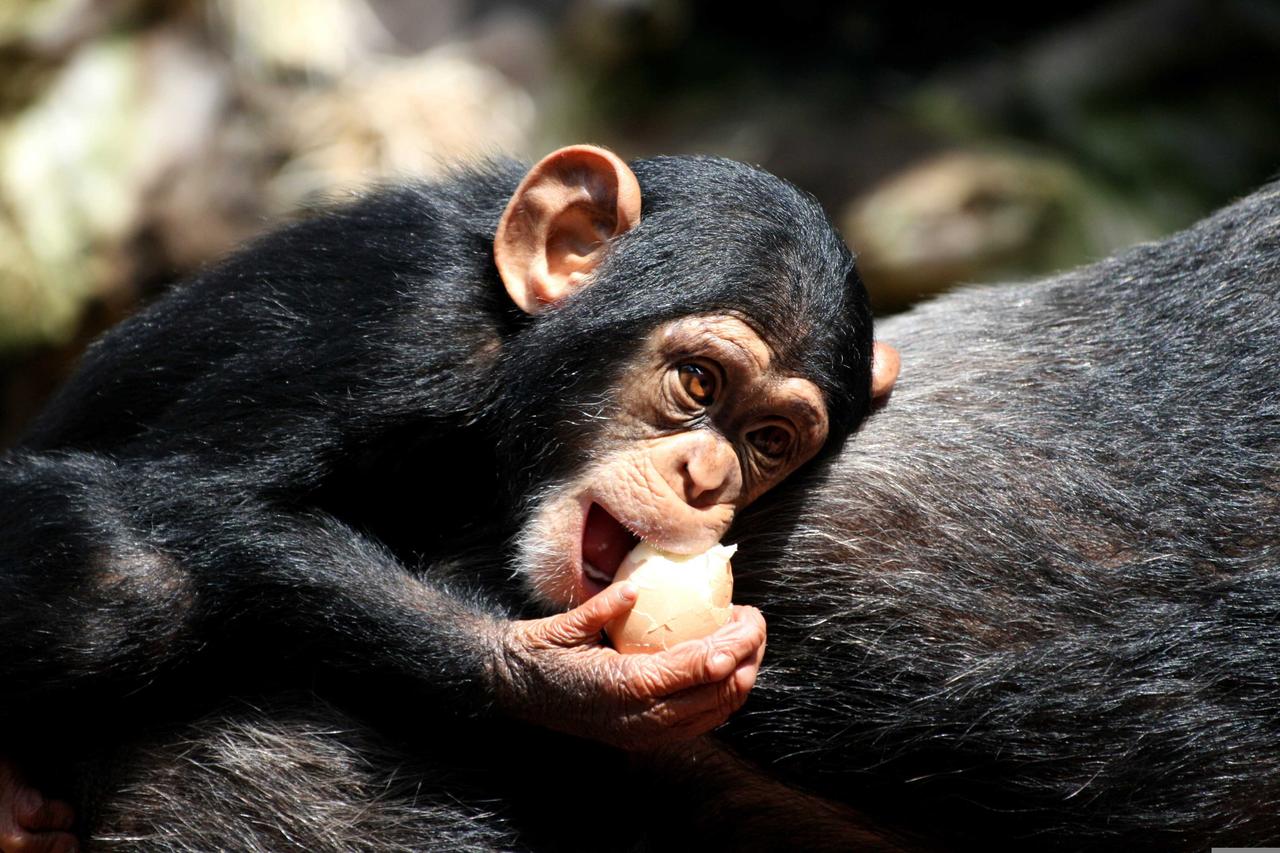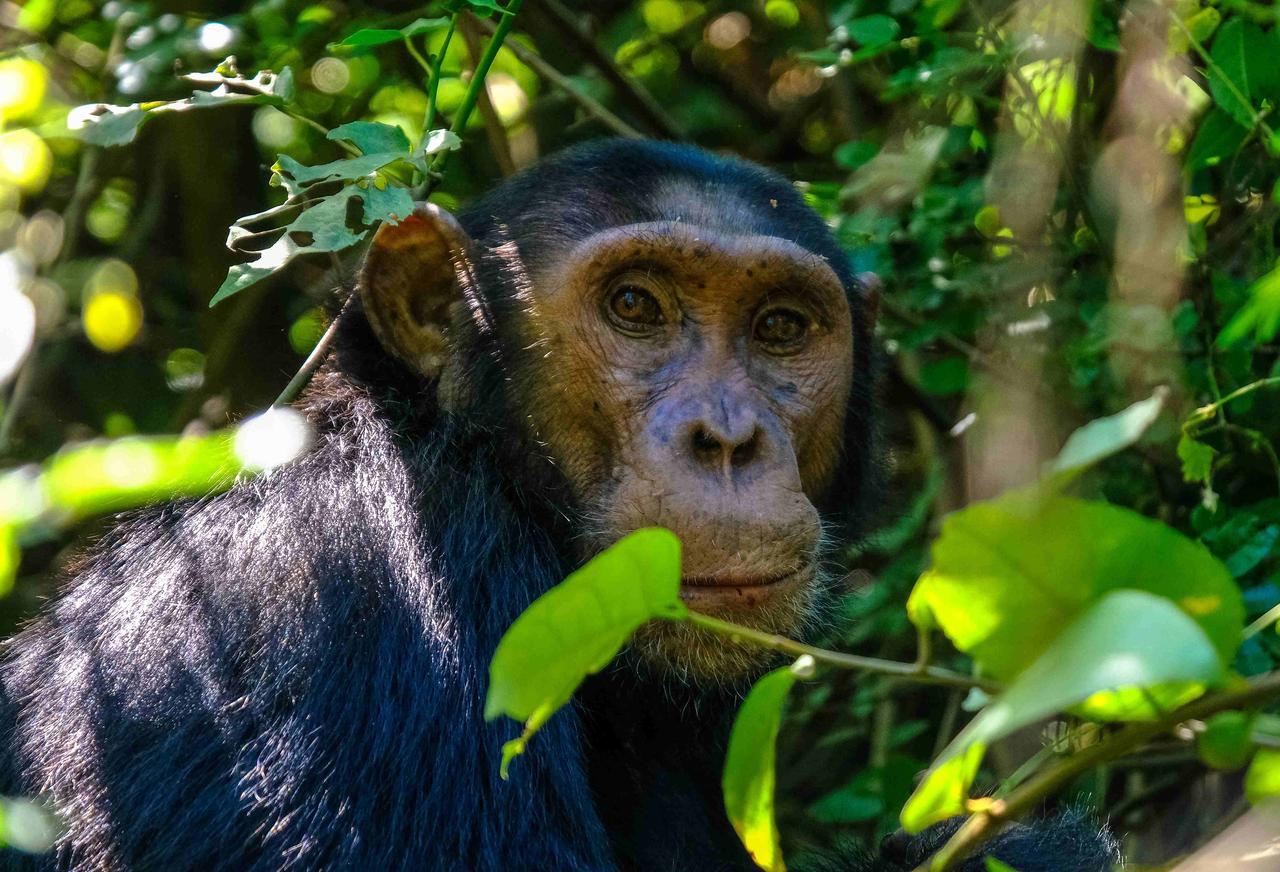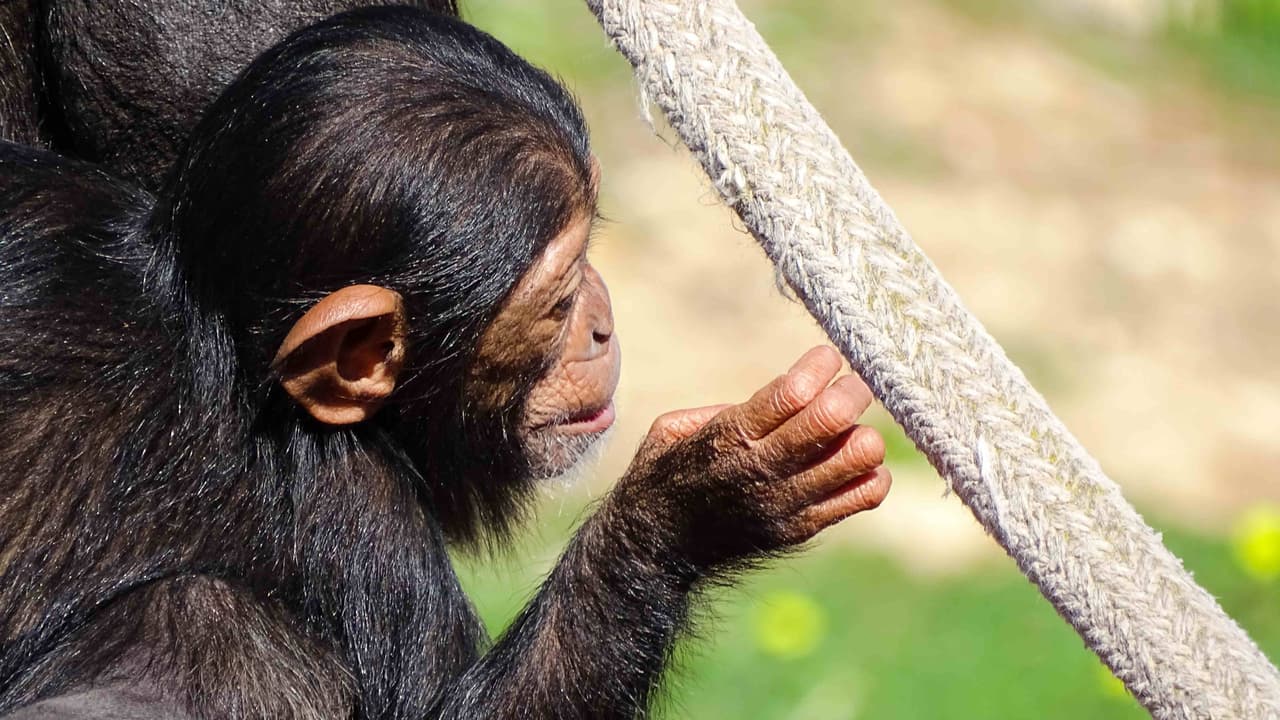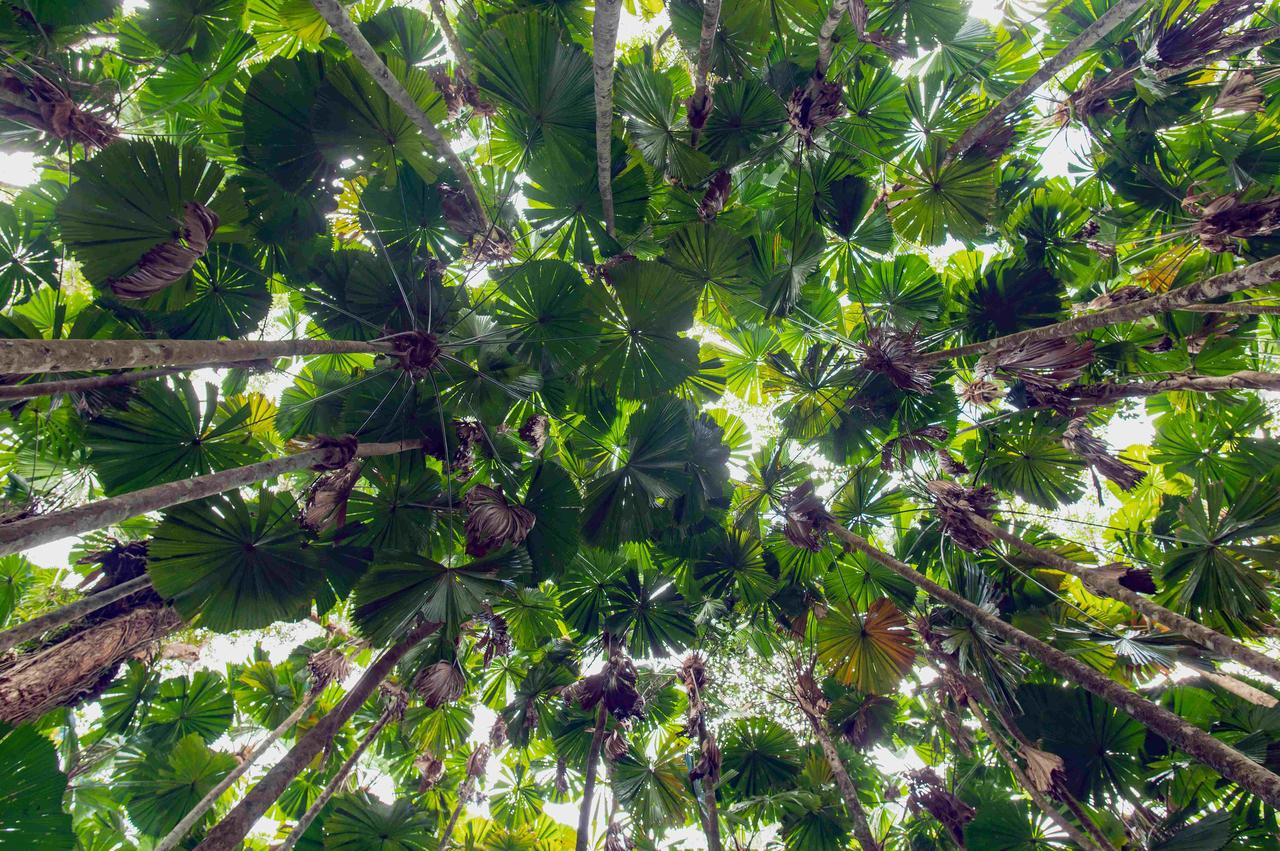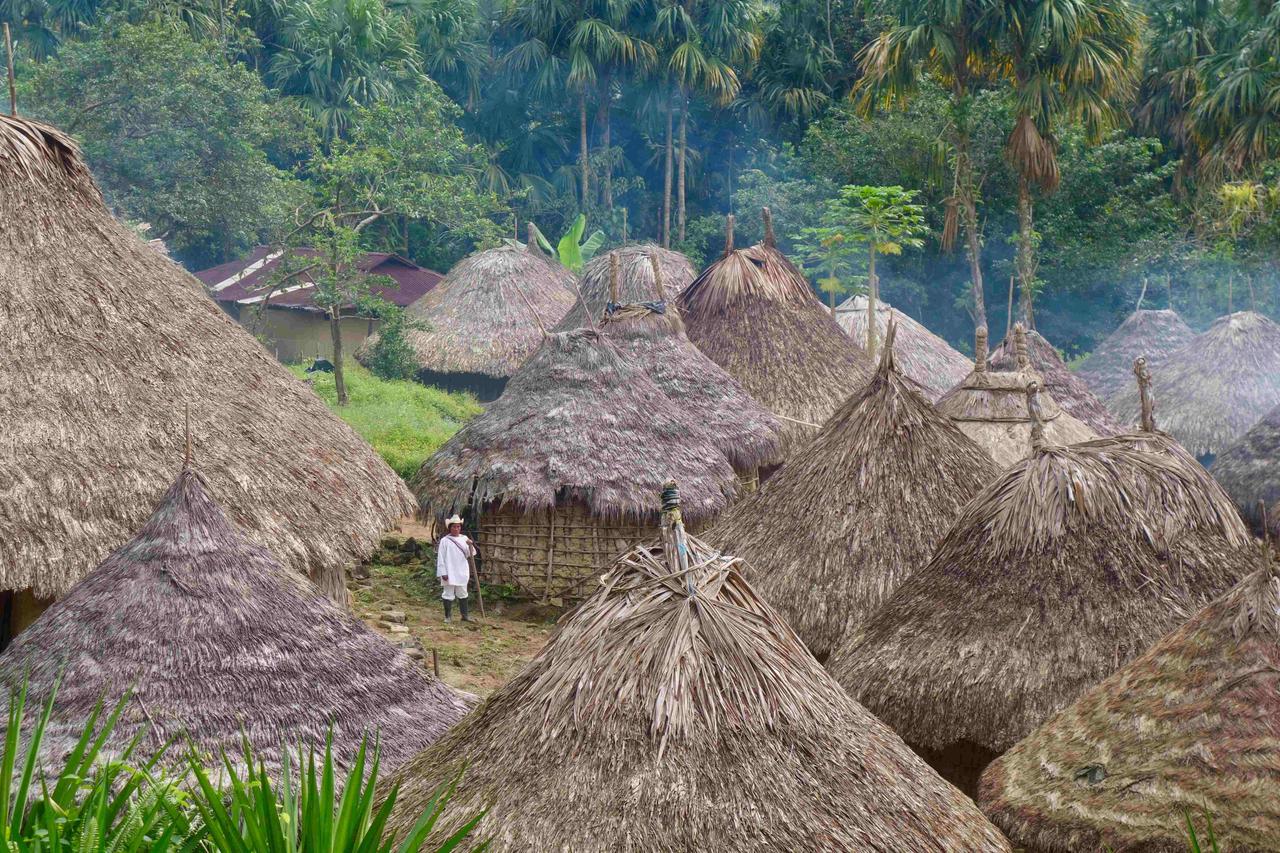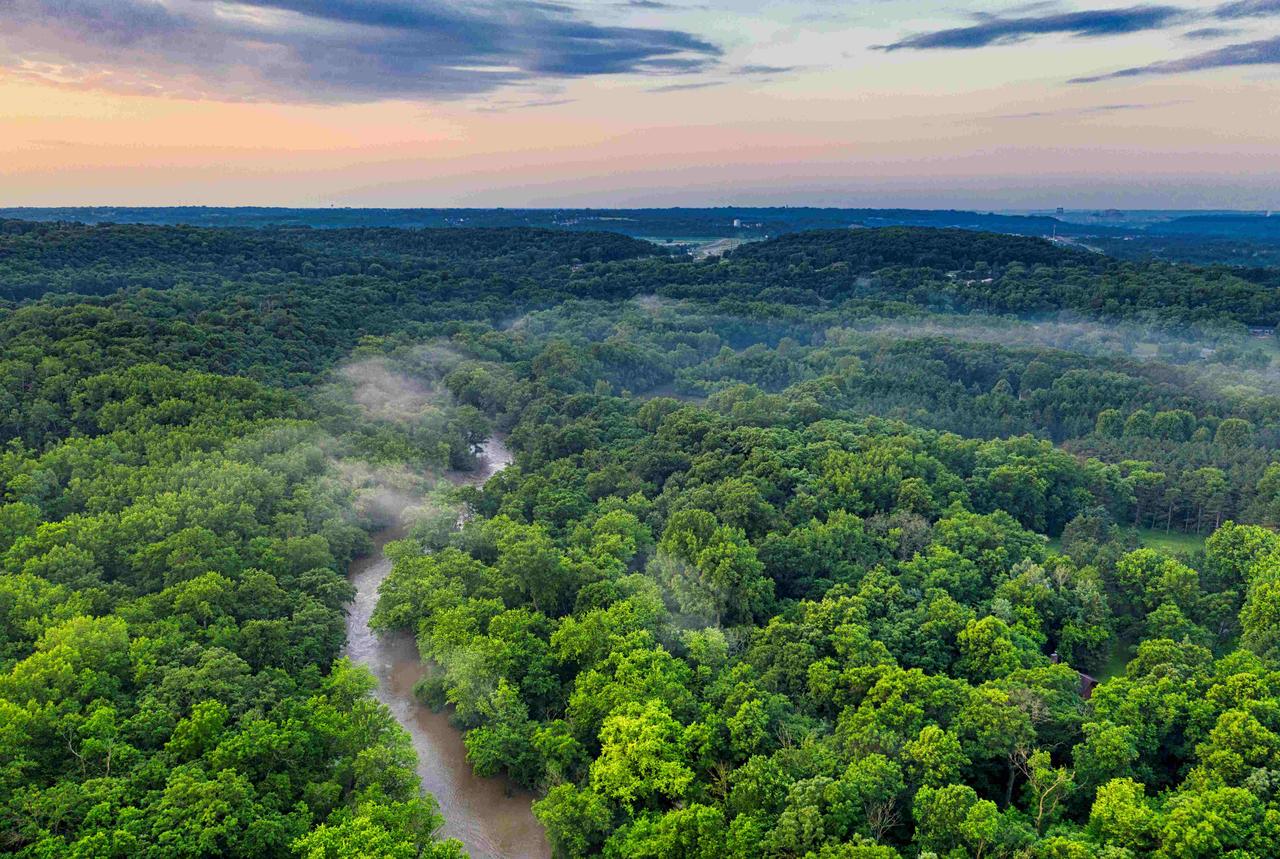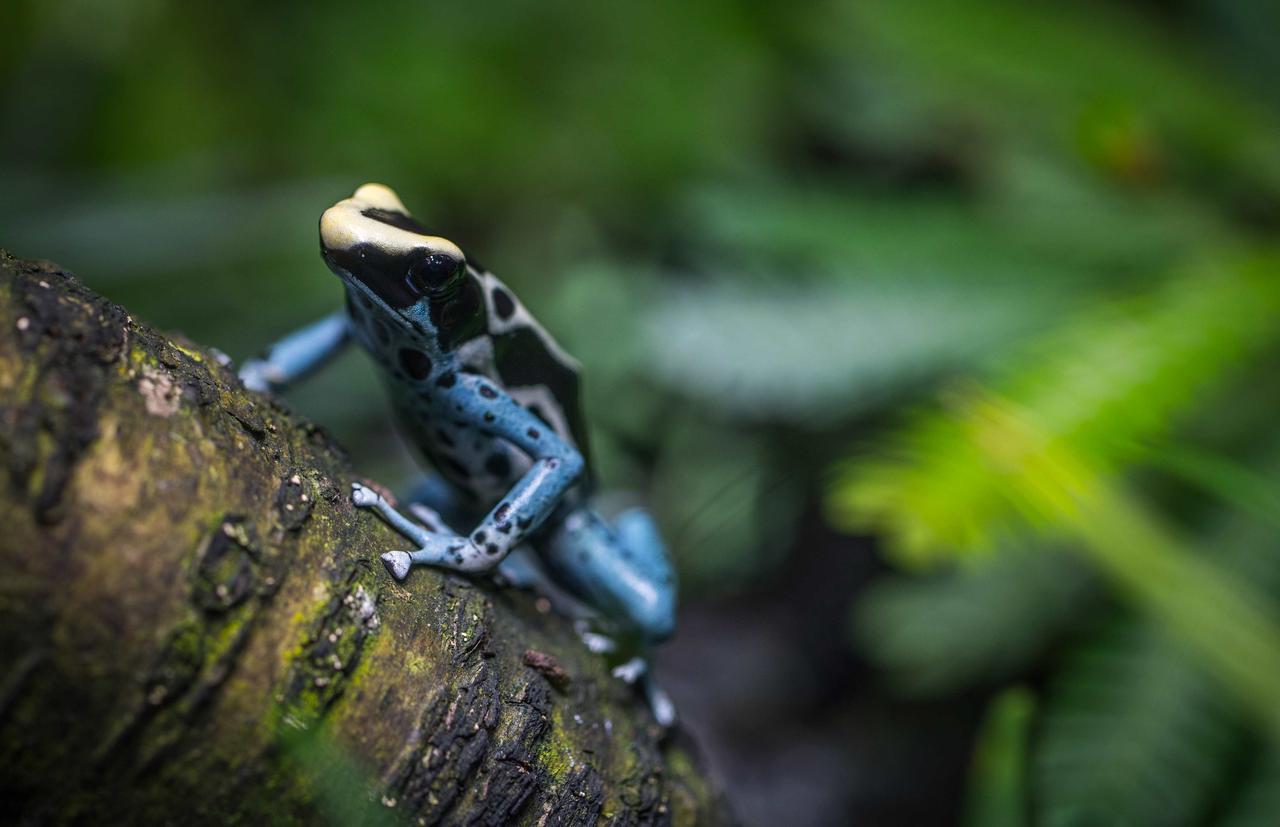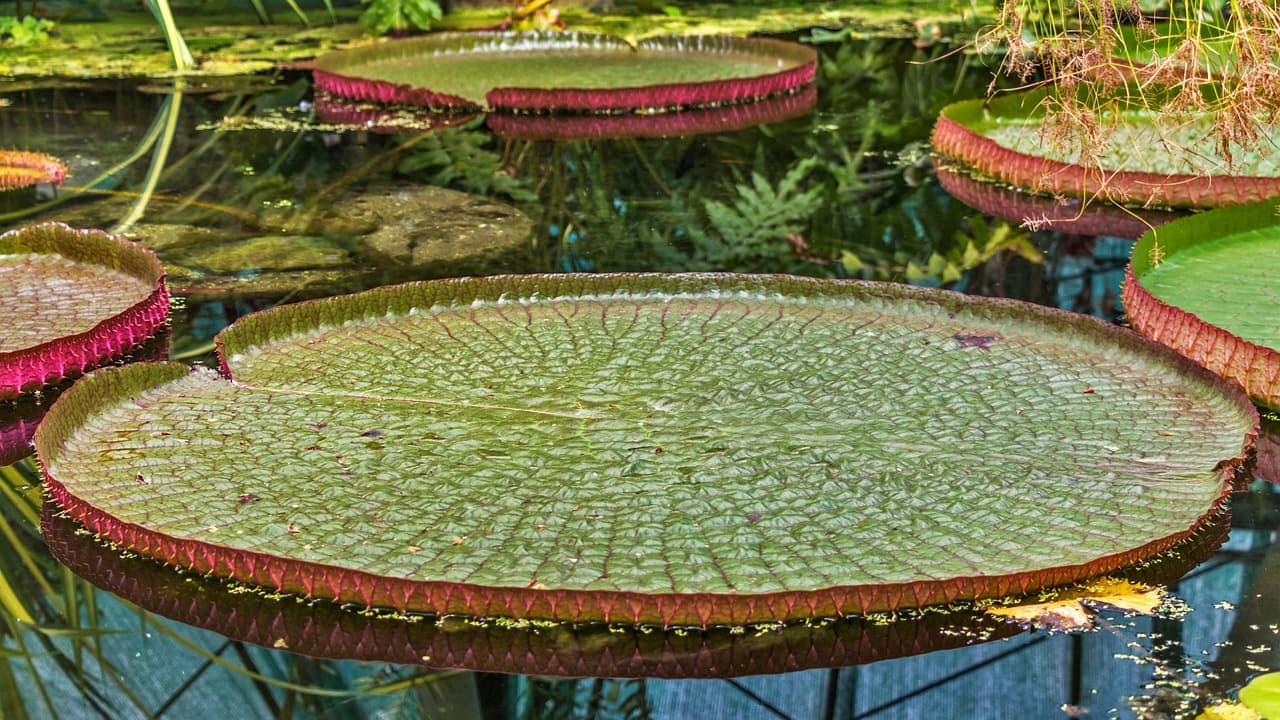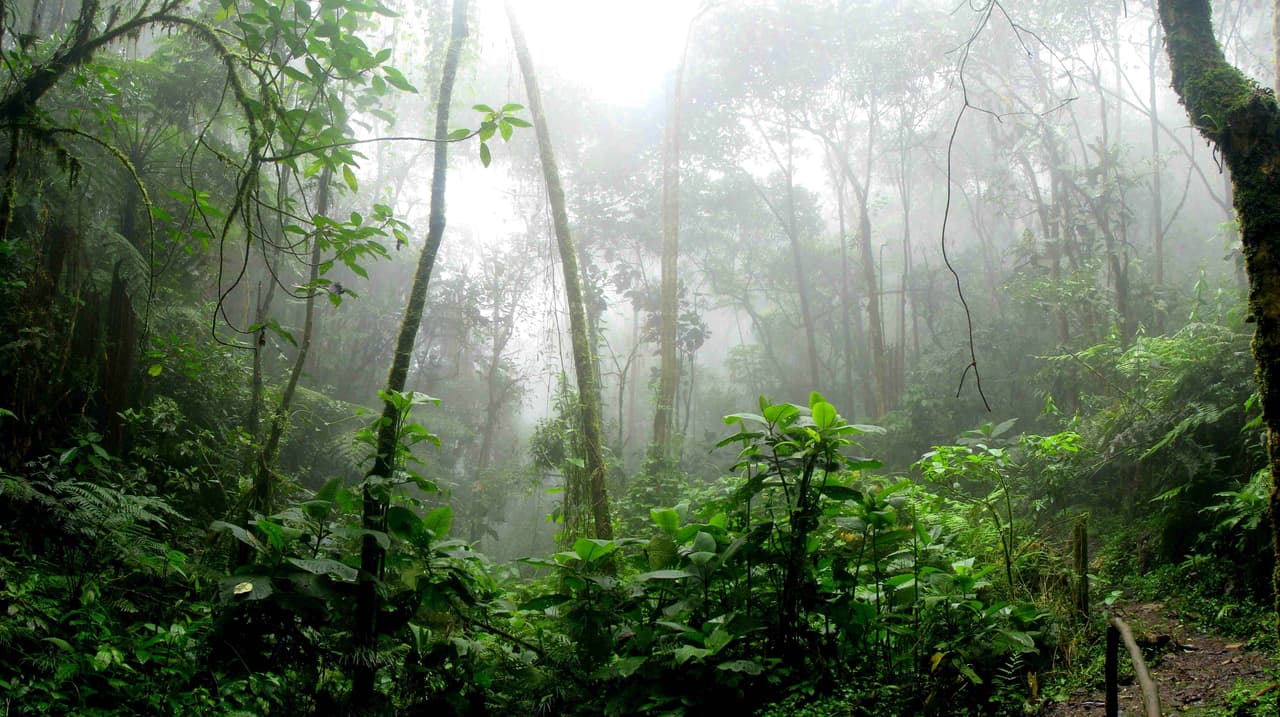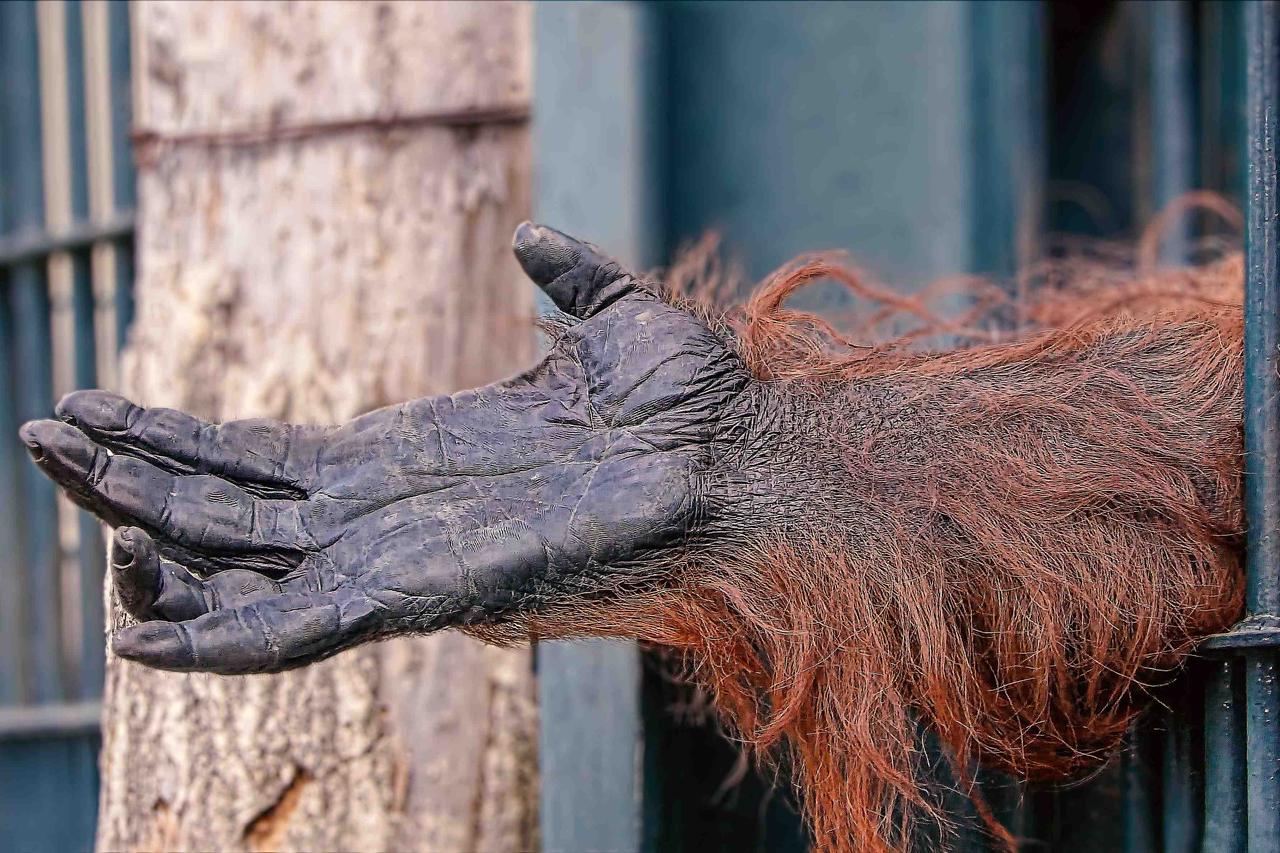
We owe our understanding of primates to the “Trimates” — three, bold women who paved the way for primate research and conservation.
Dr. Jane Goodall — Chimpanzees
Though she had a lifelong fascination with animals and nature, Dr. Jane Goodall never had the opportunity to research or study nature until she met Dr. Louis Leakey, a paleoanthropologist, whom she met while visiting Nairobi. Impressed with her passion, Leakey sent Goodall into the field to study chimpanzees at Gombe Stream National Park in July 1960.
Goodall’s unconventional methods, including naming chimpanzees, turned out to be successful. Goodall observed chimpanzees eating meat — though they were formerly thought to be vegetarians. She later discovered chimpanzees using tools (a blade of grass to extract ants), to which Leakey famously stated, “Now we must redefine man, or accept chimpanzees as humans.” Her success in the field allowed her to earn her doctorate at Cambridge in 1966, during which she published, “My Friends, the Wild Chimpanzees.”
Goodall established the Jane Goodall Institute in 1977 to advance the conservation of chimpanzees. Her organization’s refuges and sanctuaries provide spaces for chimpanzees to thrive without the threat of habitat loss or poachers. To this day, Goodall travels around the world to promote the protection of chimpanzees and their natural habitats.
Dian Fossey — Gorillas
Fossey first captured photographs of mountain gorillas in 1963 — an experience that served as a turning point in her career. From that, she published numerous articles that grabbed Leakey’s attention. He agreed to have her join his team, and in 1967 she left for Congo and began her studies in Kabara.
Her methods included imitating their behaviors — such as mimicking their calls. This helped gain their trust so she could get up-close observations. She was the first to document mountain gorilla family dynamics and the strong emotional bonds they forge.
Political struggles and violence led her away from the Congo to Rwanda — where she established the renowned Karisoke Research Center. Here, she became well-known for her discoveries about the social dynamics of gorillas, and created an “active conservation” strategy that involved personally chasing off poachers. She is credited with drawing attention to the urgency of gorilla conservation. Though she was murdered in 1985, her conservation methods, research, and book, “Gorillas in the Mist,” have become her legacy.
Dr. Birutė Galdikas — Orangutans
Dr. Birutė Galdikas’ lifelong obsession with orangutans led her to study zoology; later earning a master’s degree in anthropology. She was introduced to Leakey while completing her degrees — and was able to convince him of her passion for studying orangutans.
With funding from Leakey, she went to Borneo and set up Camp Leakey in the Tanjung Putting Reserve. This was the start of the longest study ever conducted of any mammal in the wild. During this time, she observed orangutan births (the first person to do so), and documented intricate details that provided the foundation of our understanding of these primates, including the 400 plants and animals that make up their diets. She established the Orangutan Foundation International in 1986 to encourage worldwide advocacy for orangutans.
The determination of Goodall, Fossey and Galdikas led to the advancement of primate studies and conservation. INTERNATIONAL PRIMATE DAY invites us to honor their legacy by continuing to support primate conservation efforts. 60% of primate species still face extinction — they urgently need our help.












